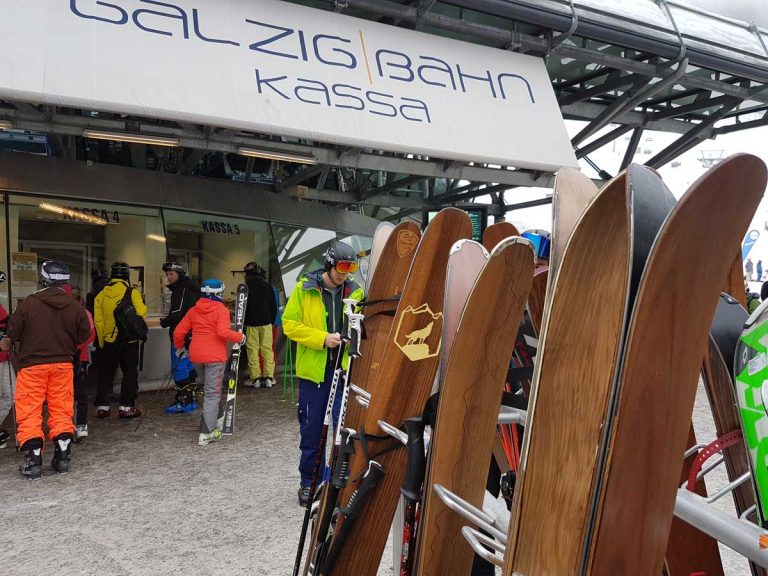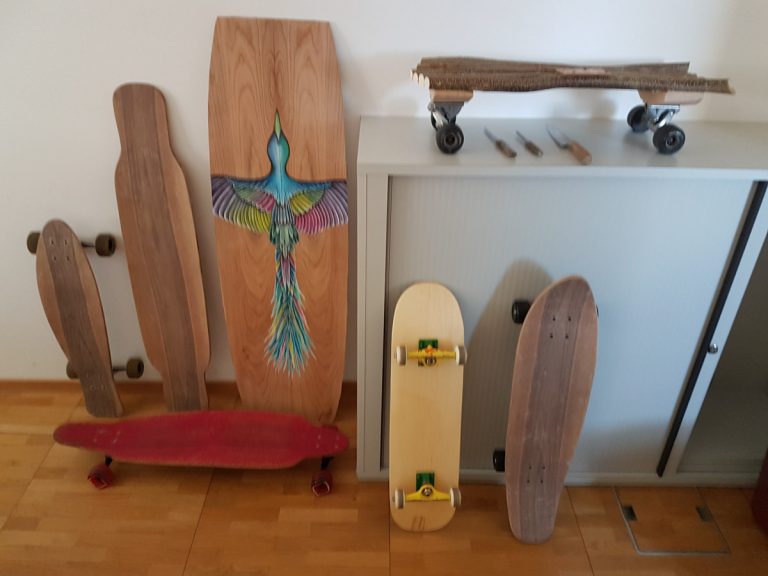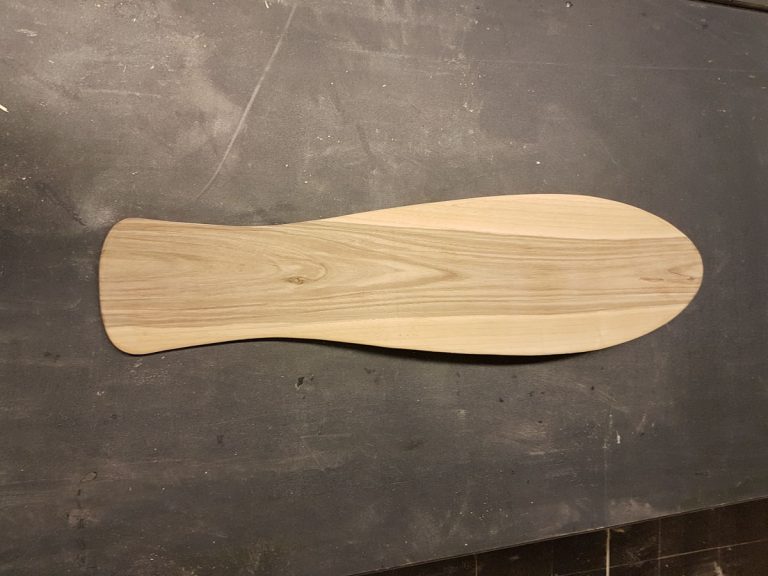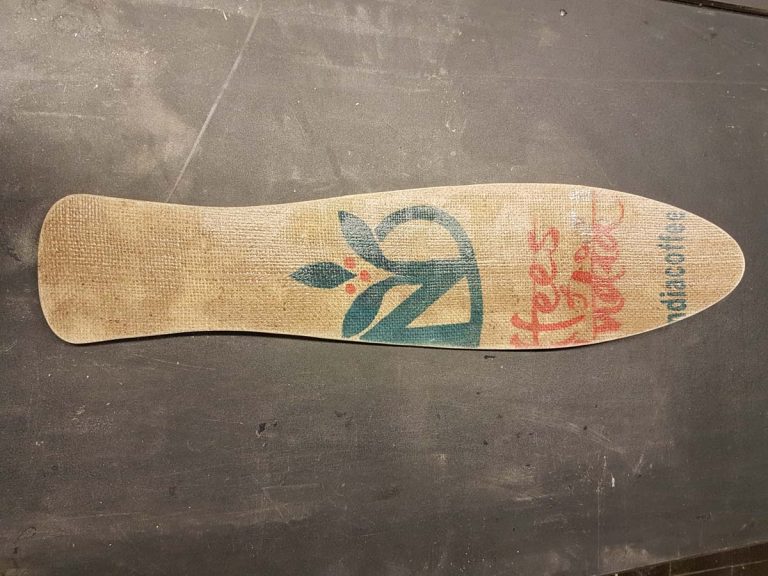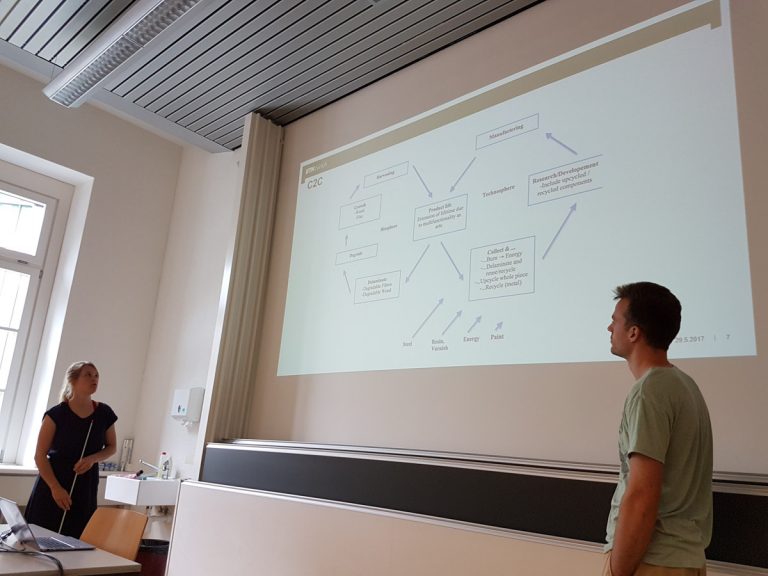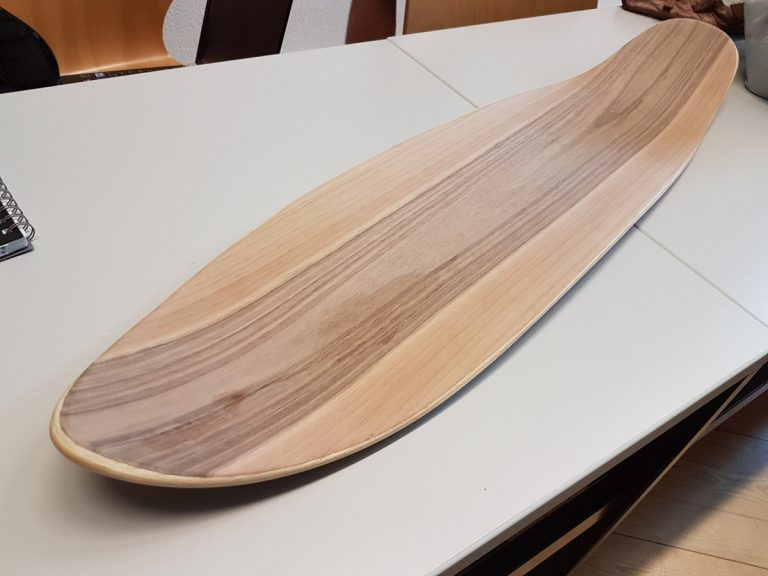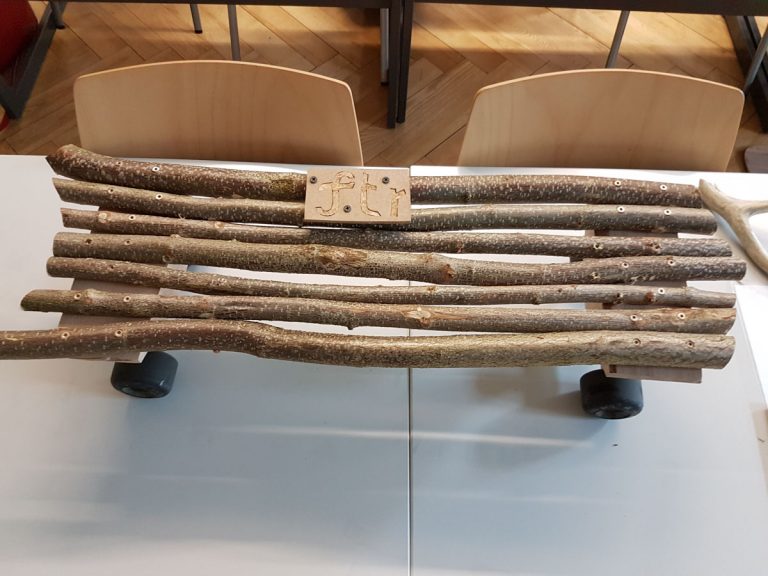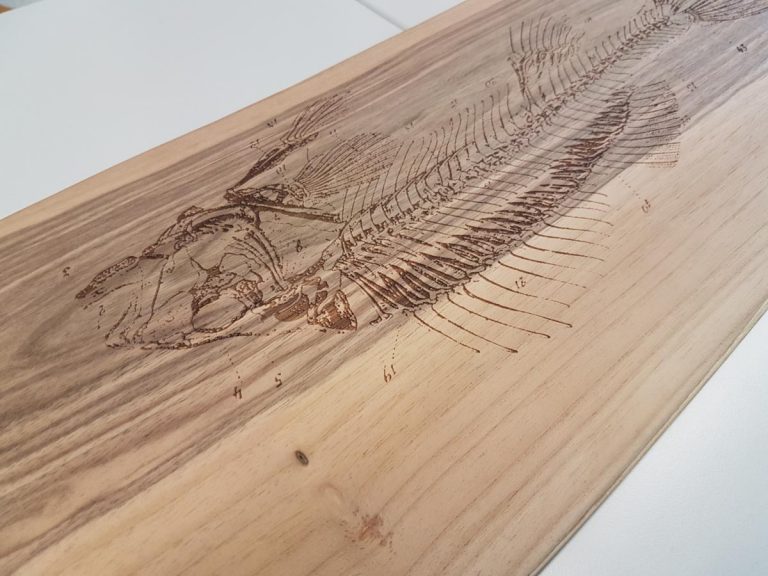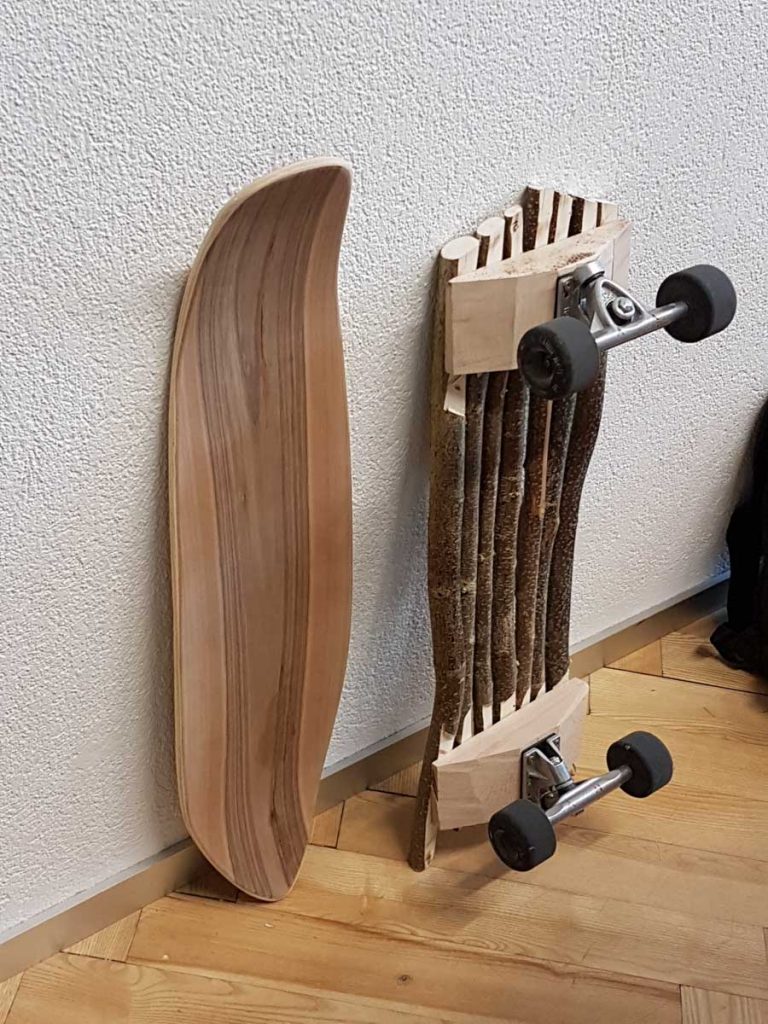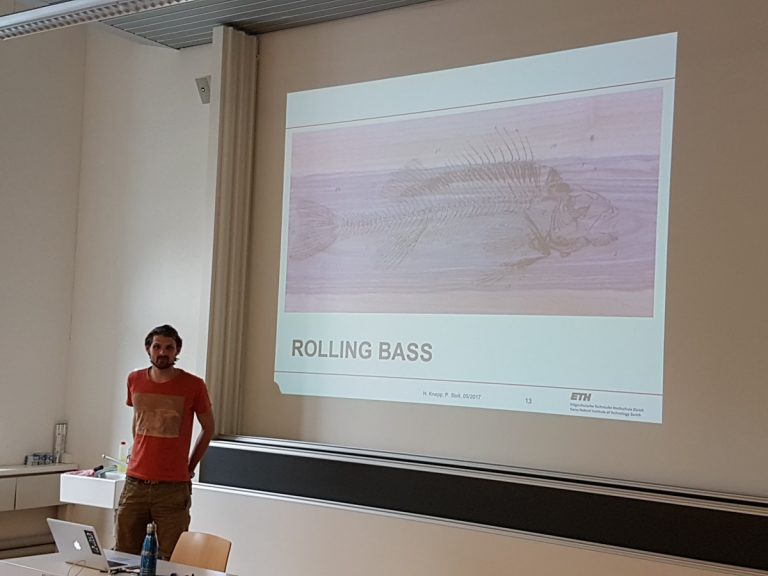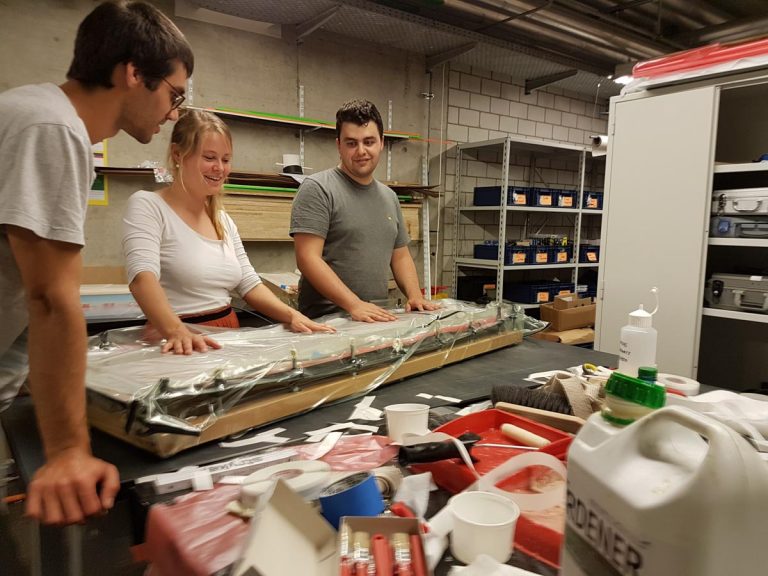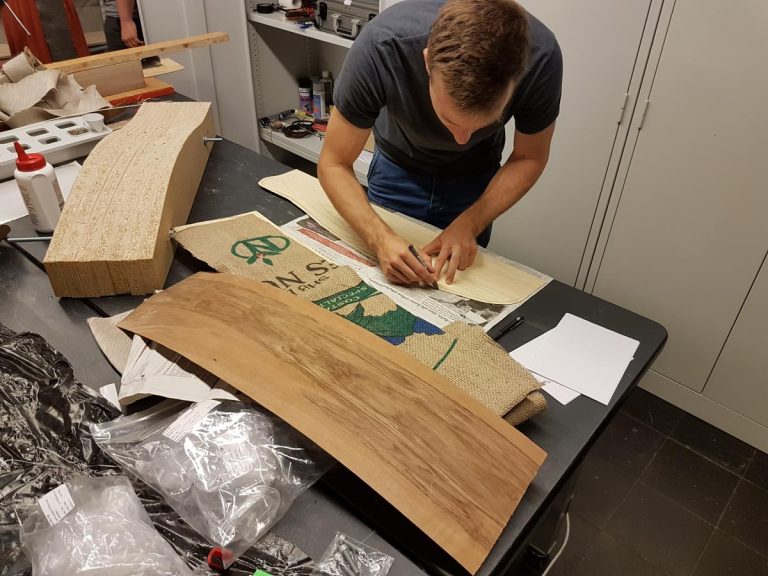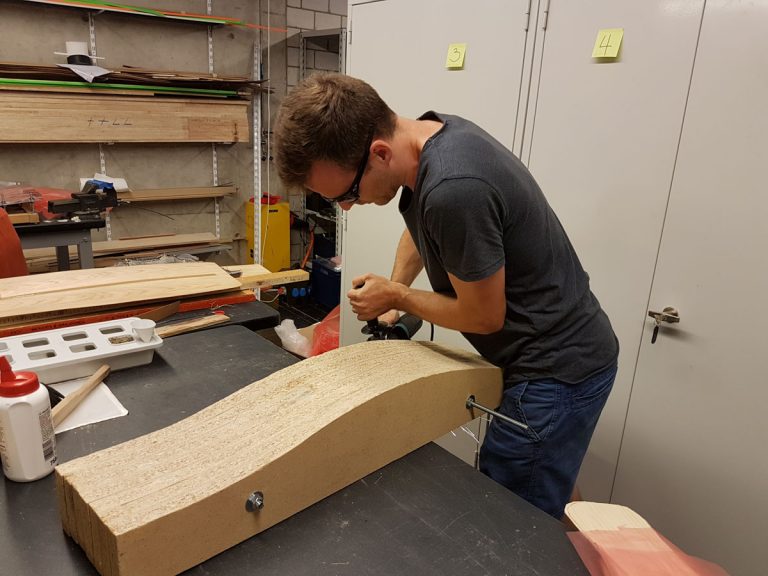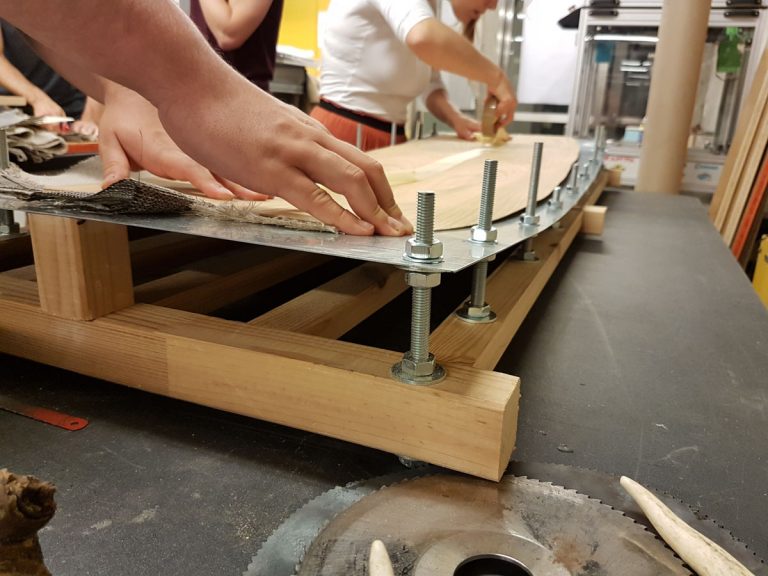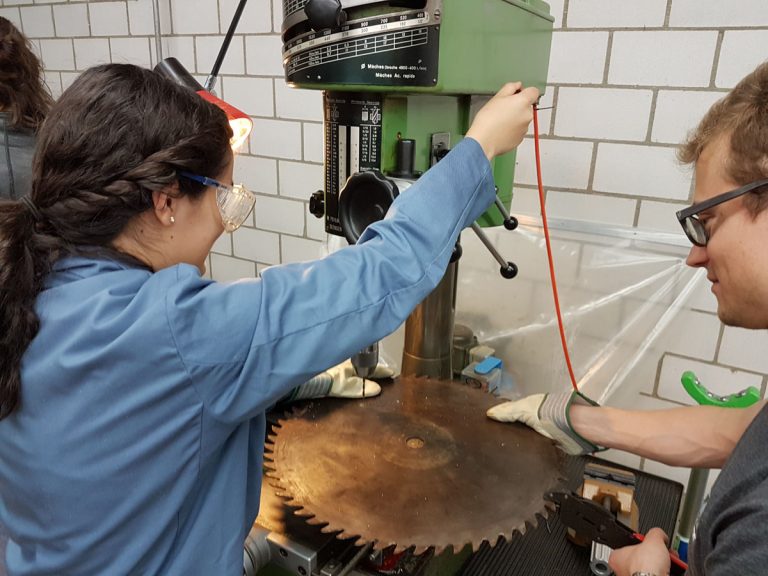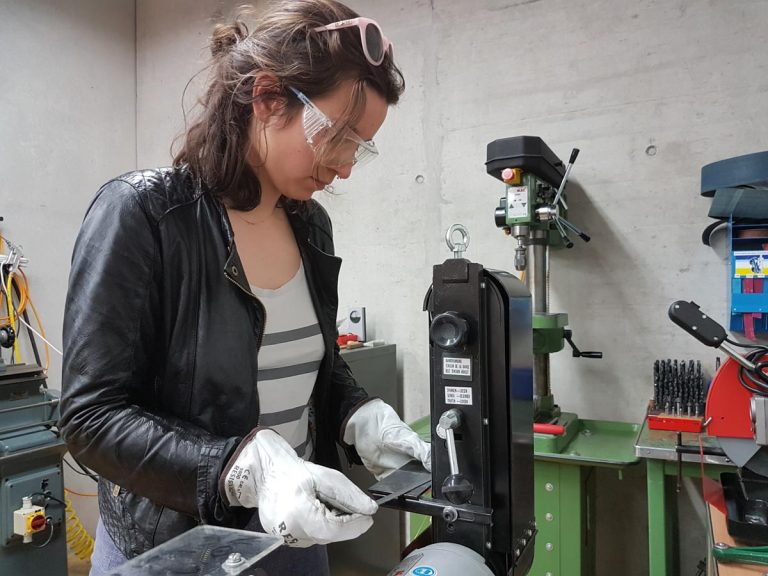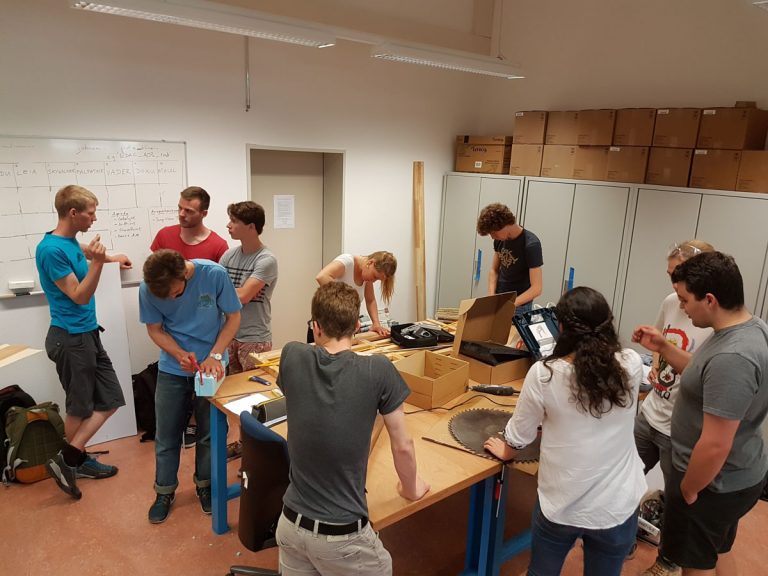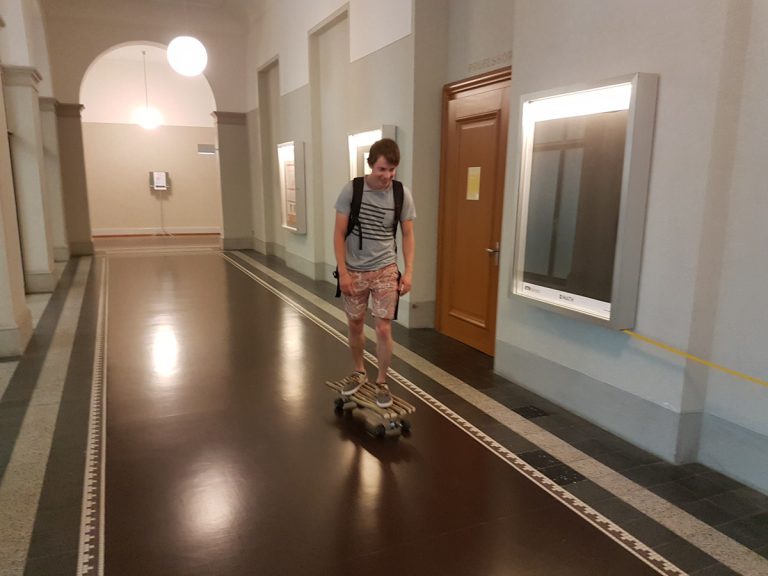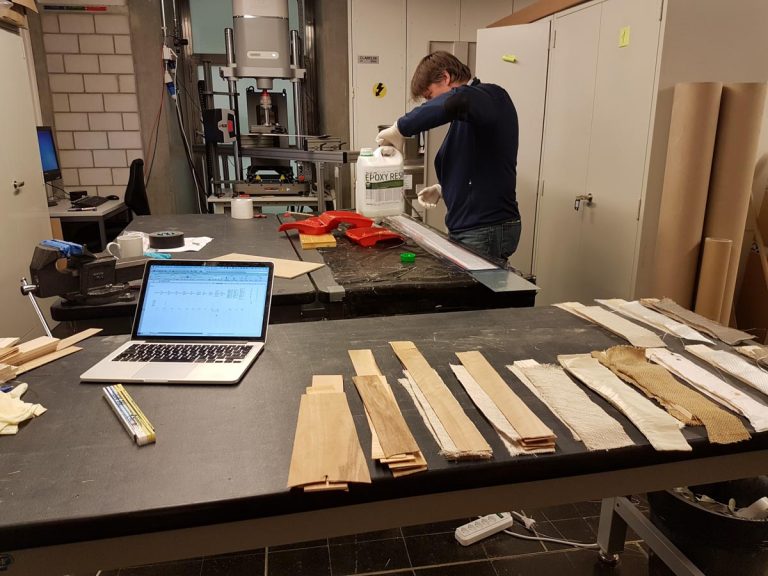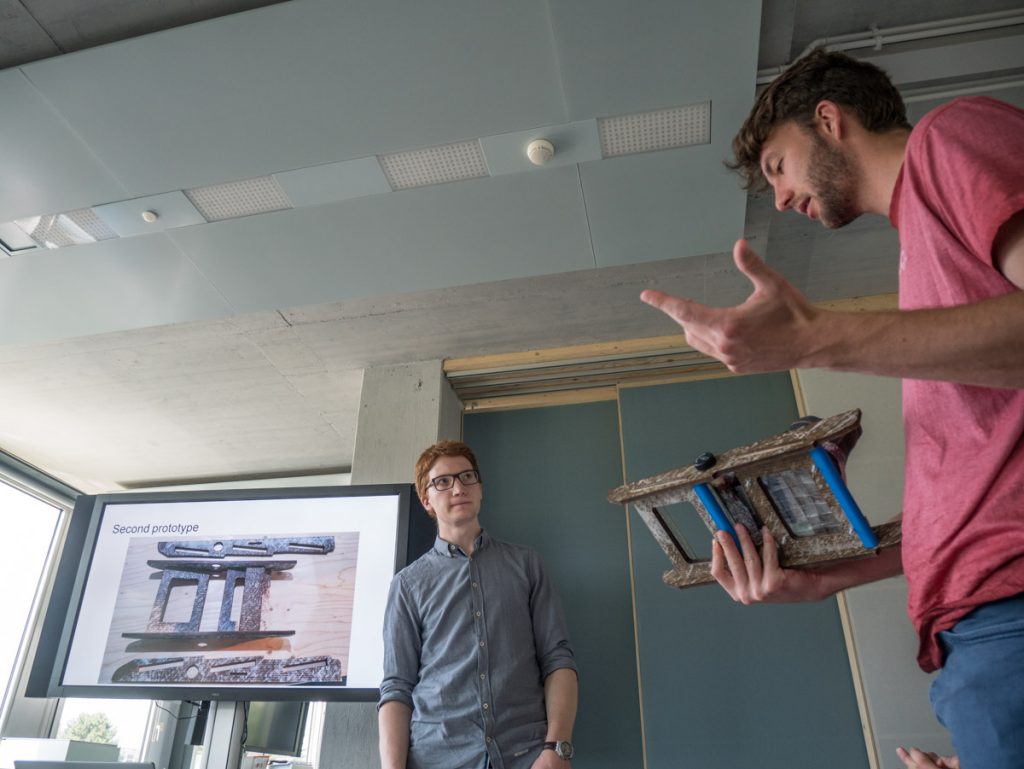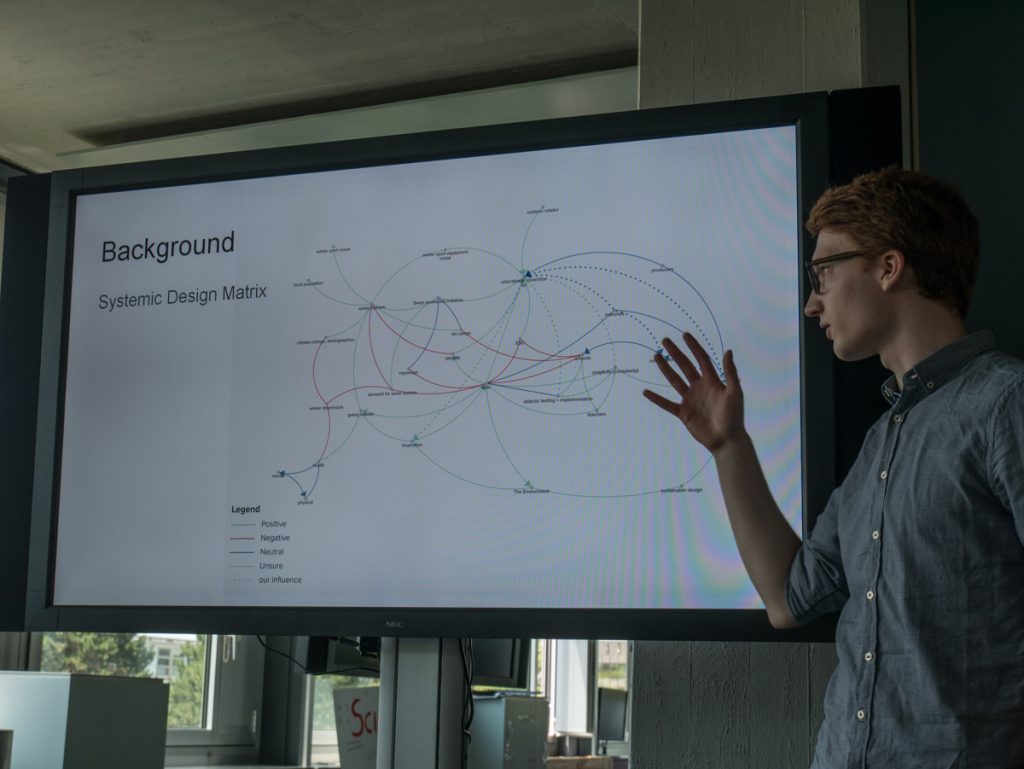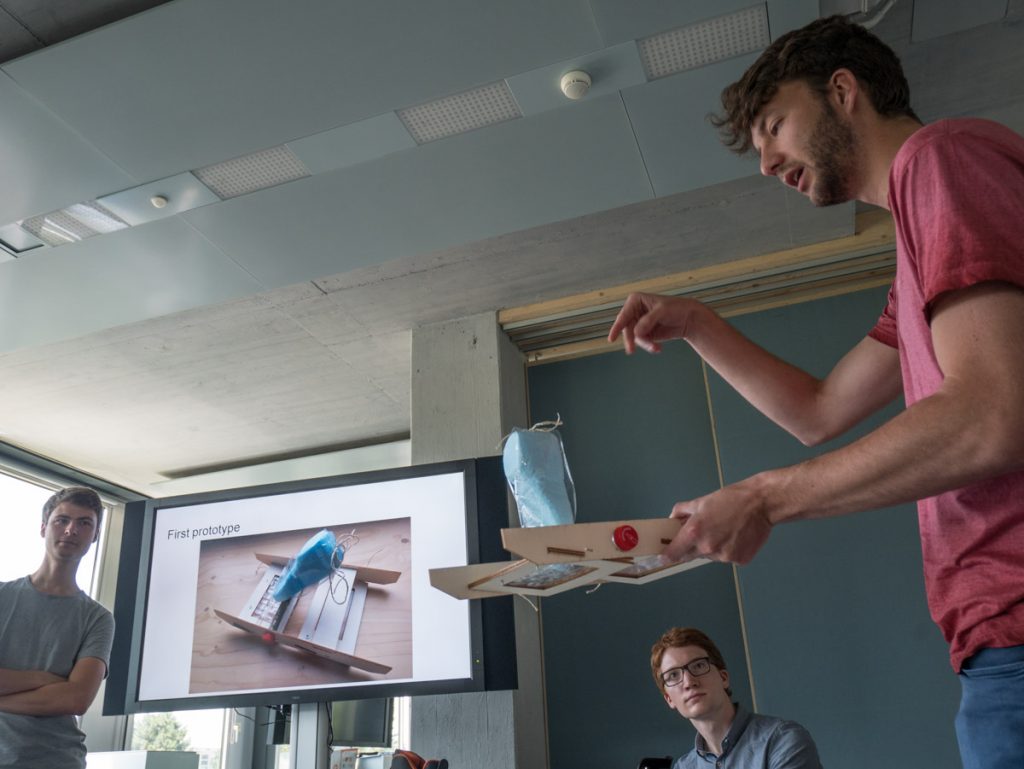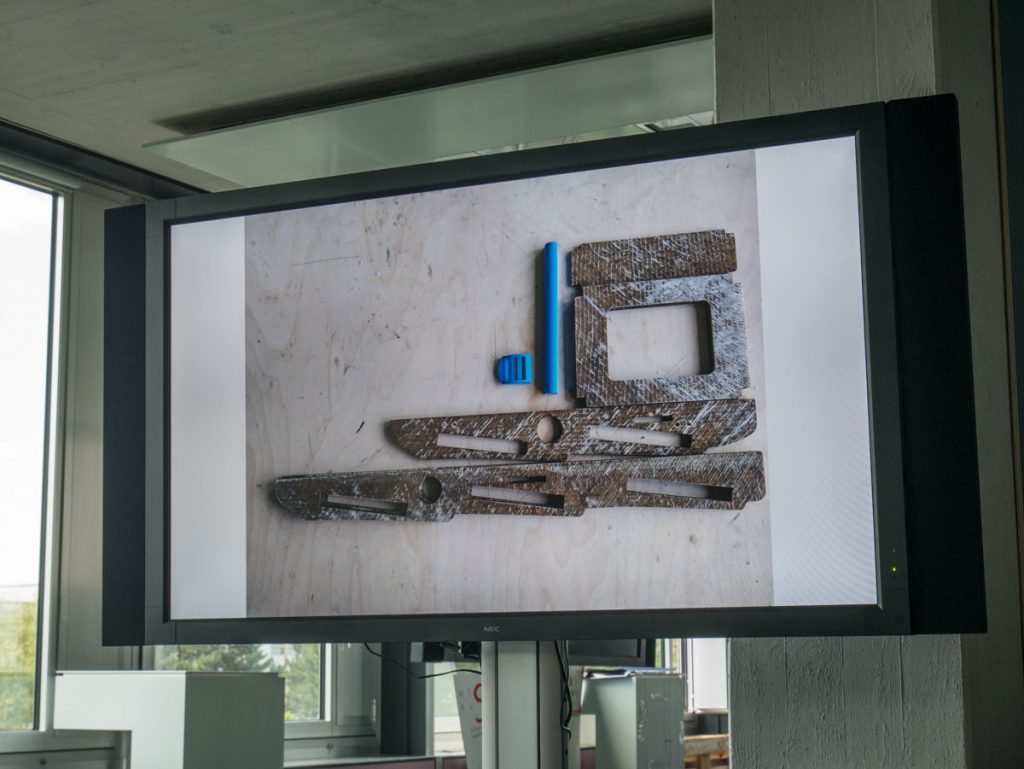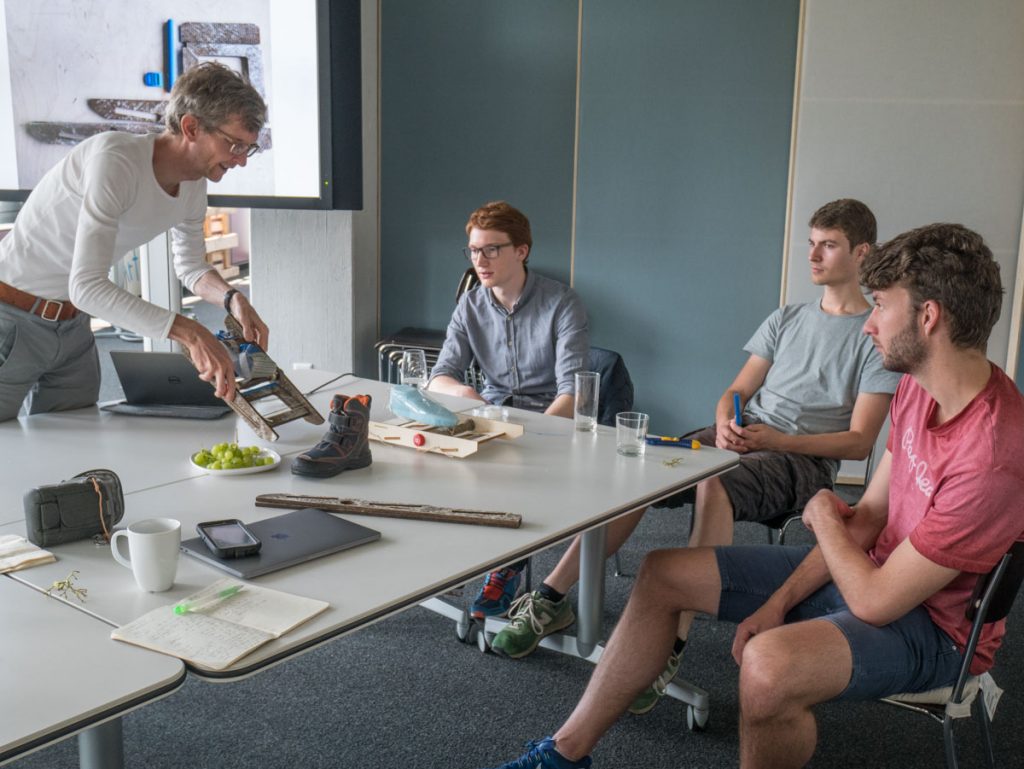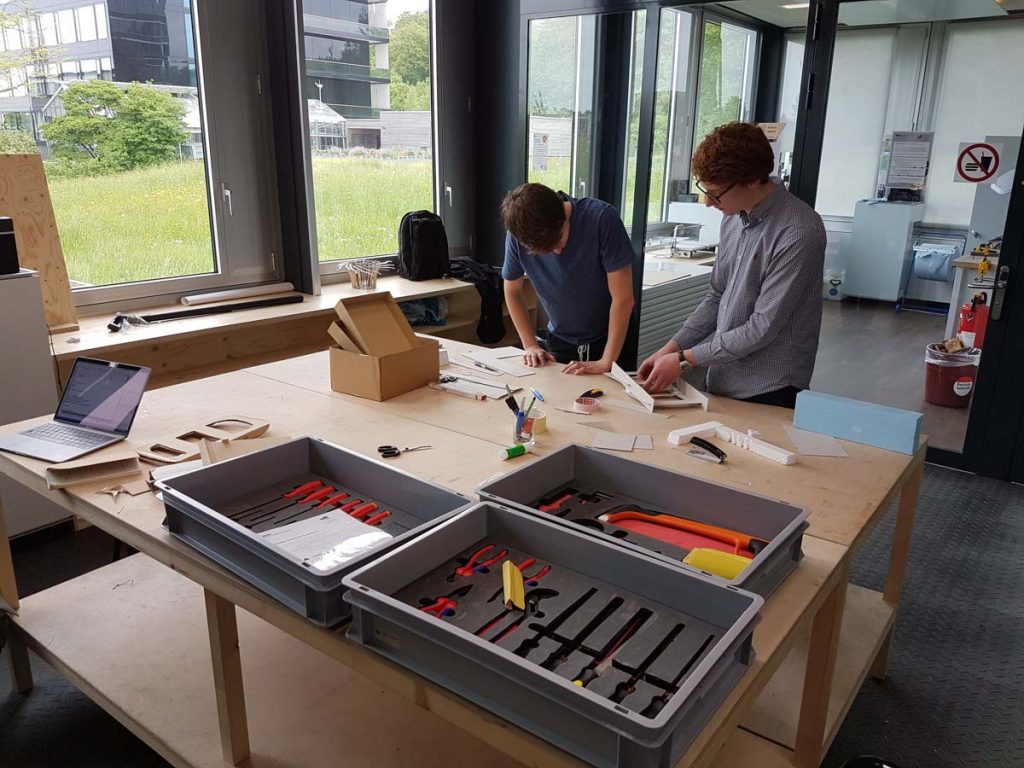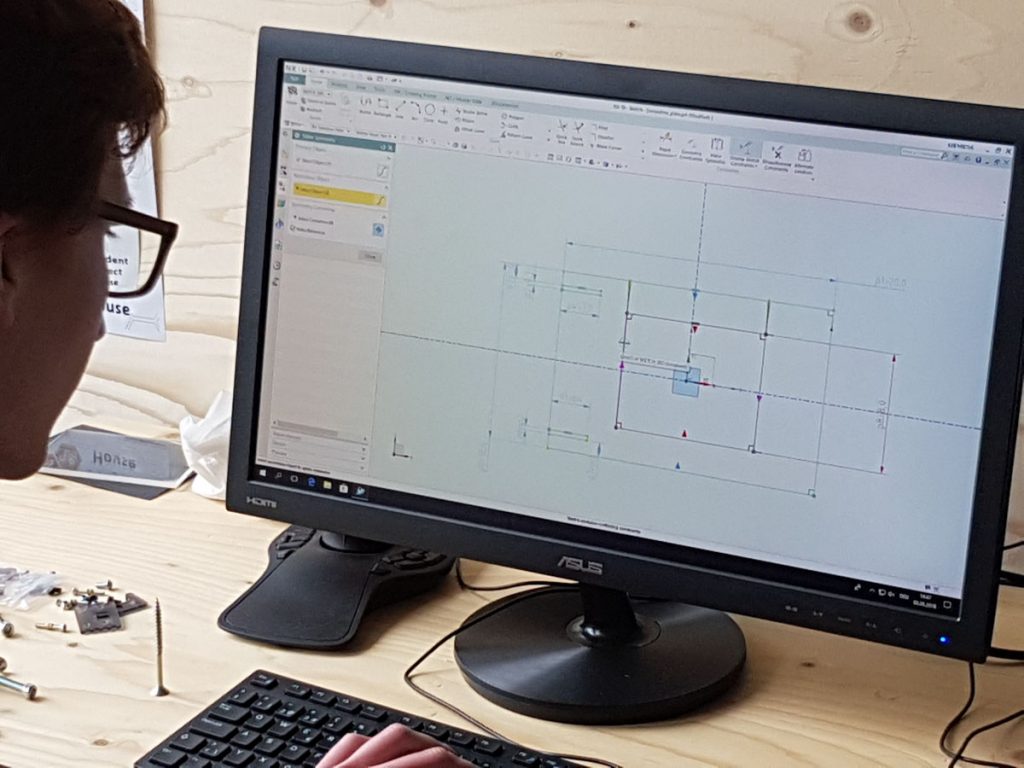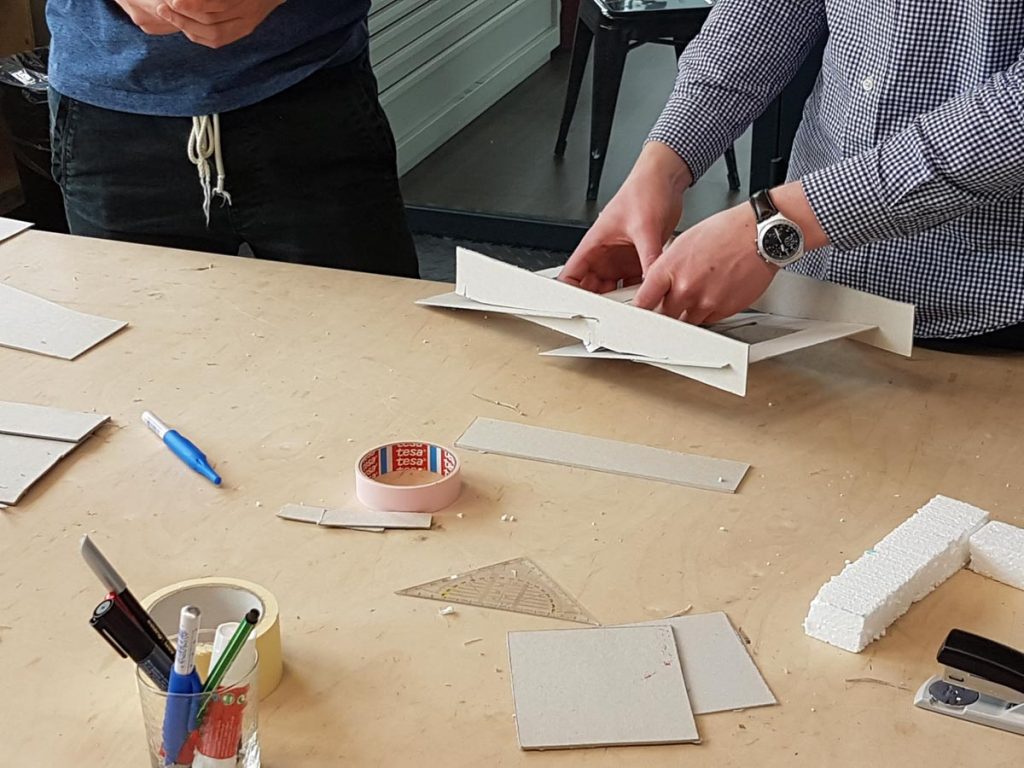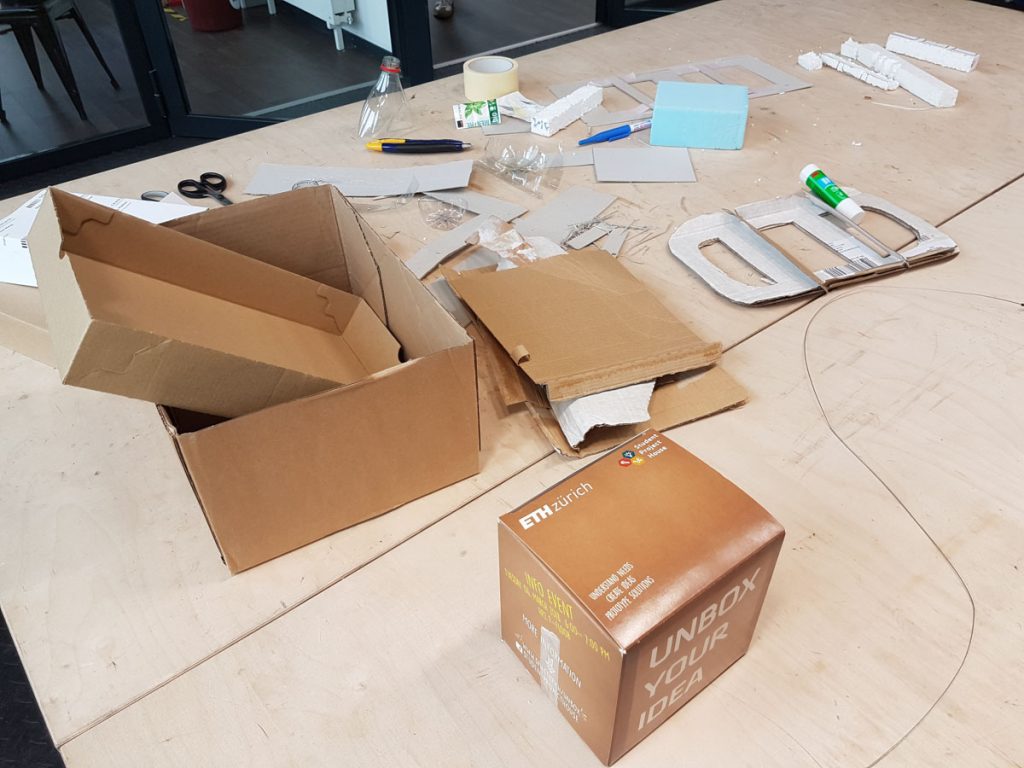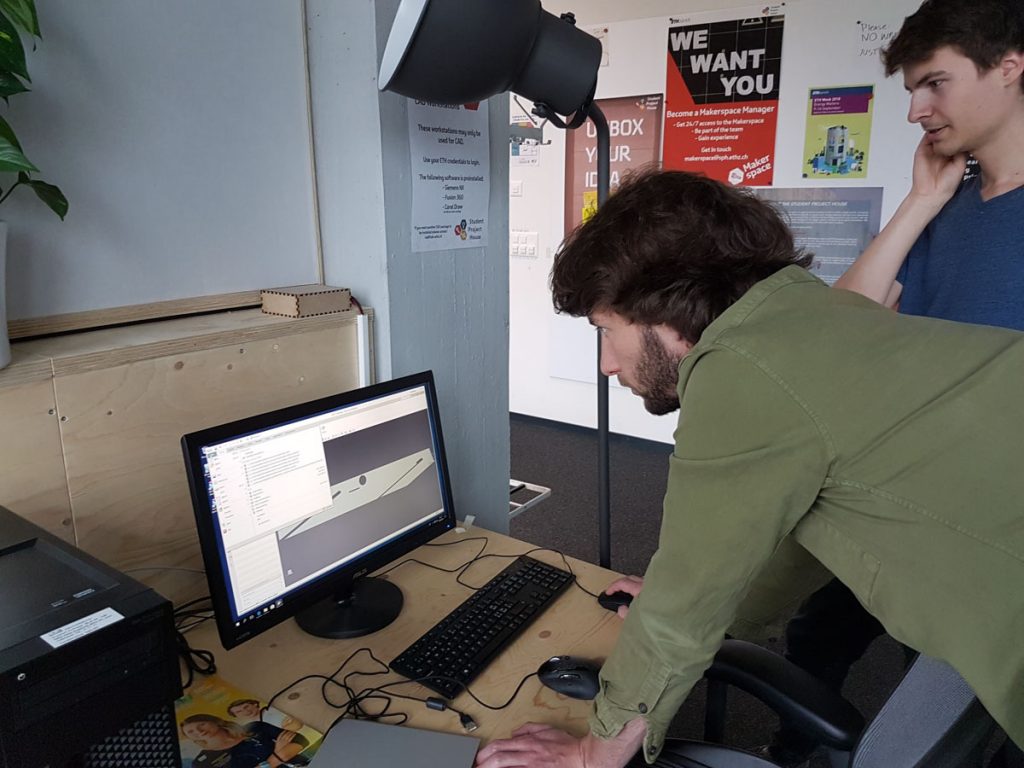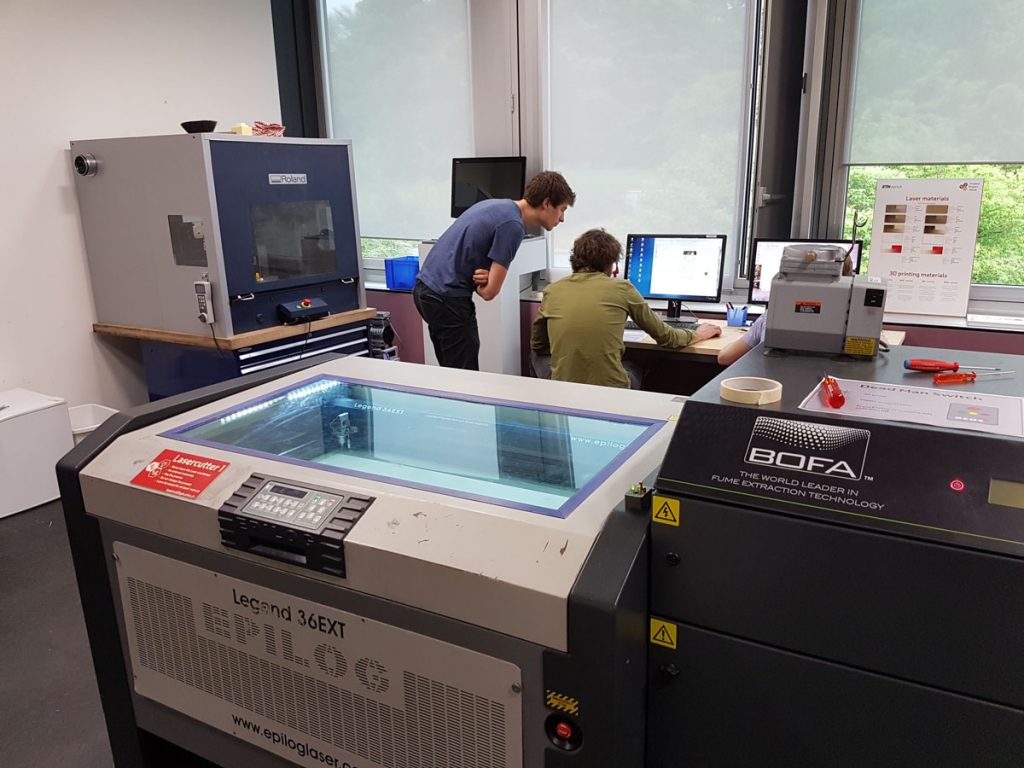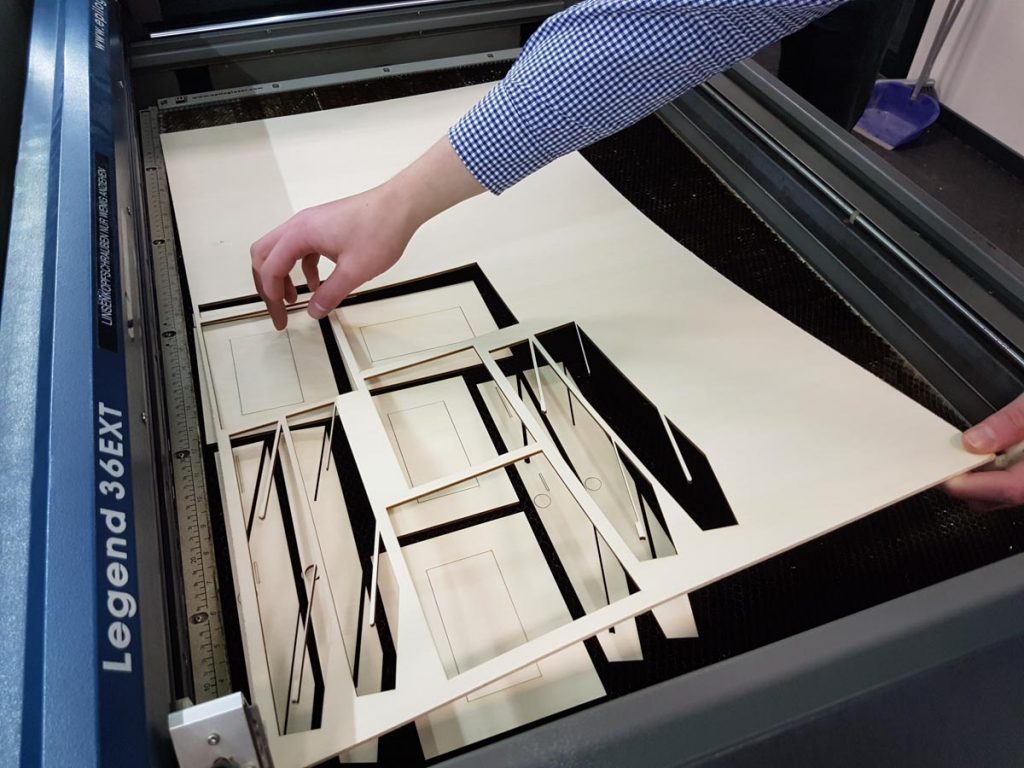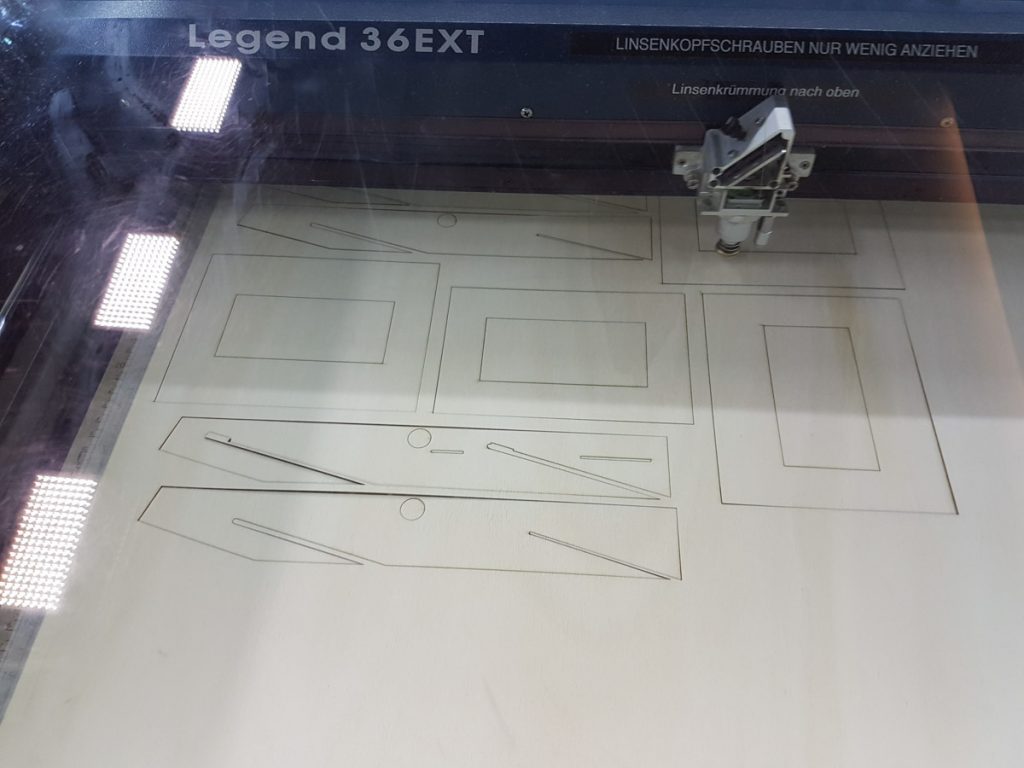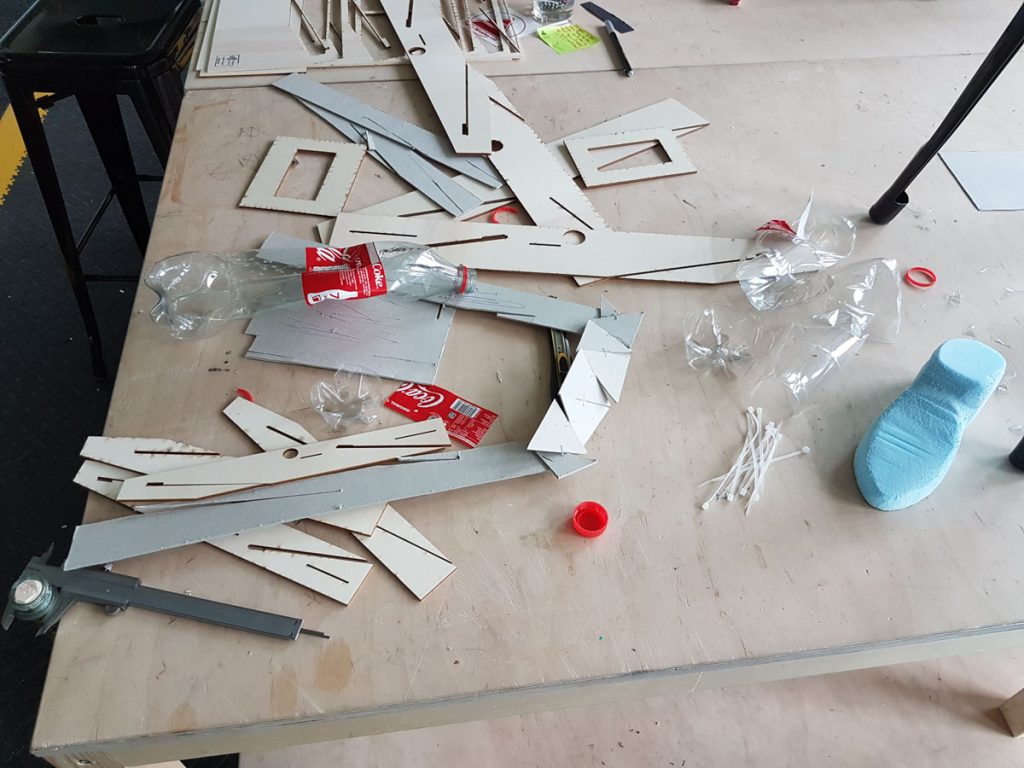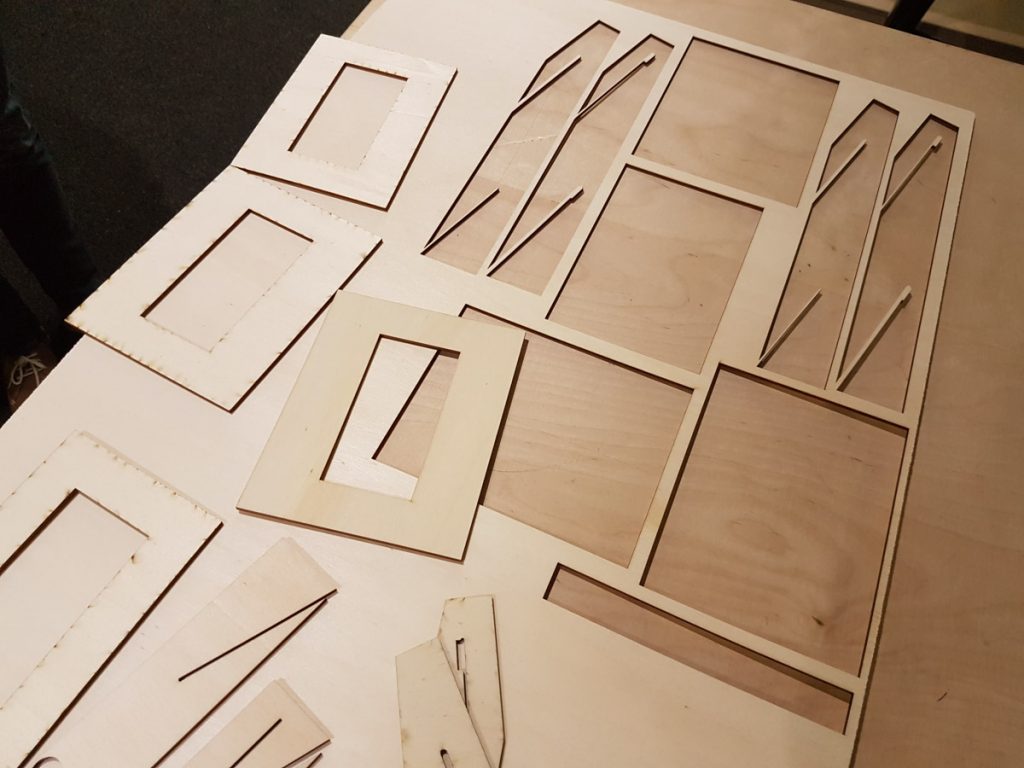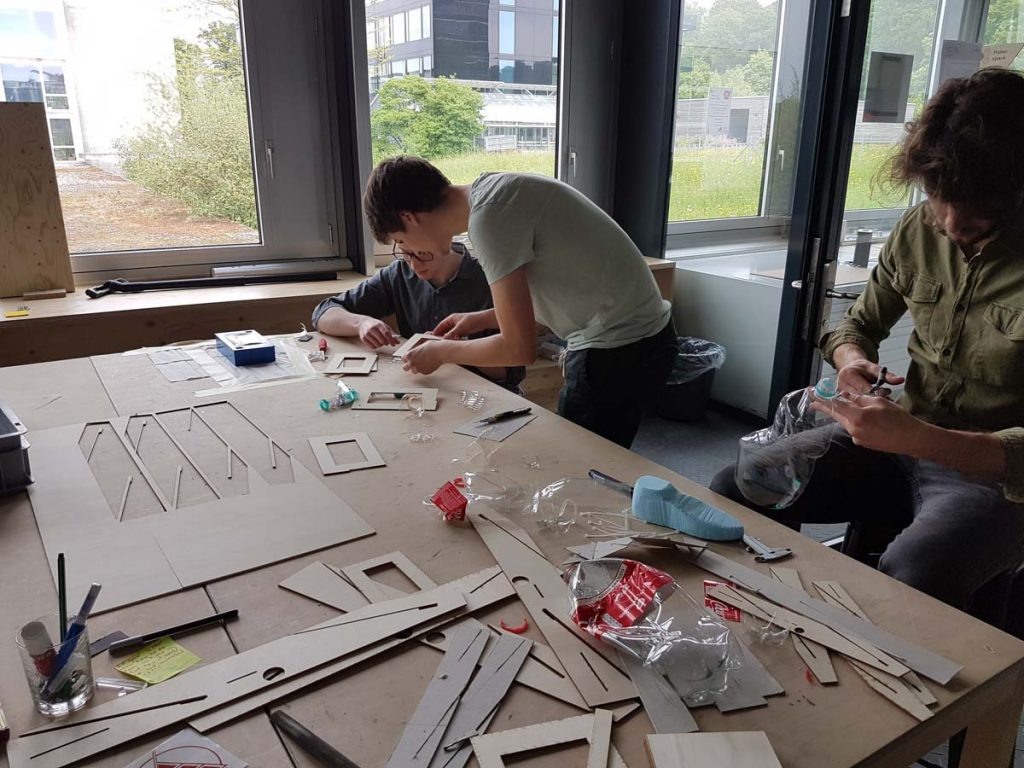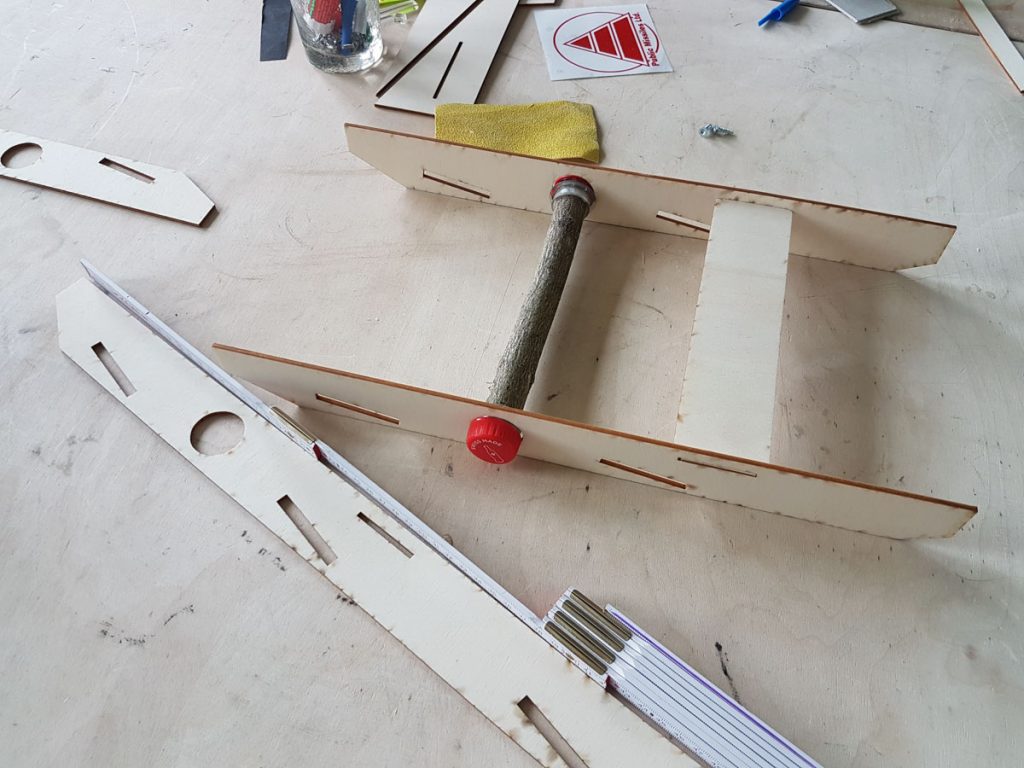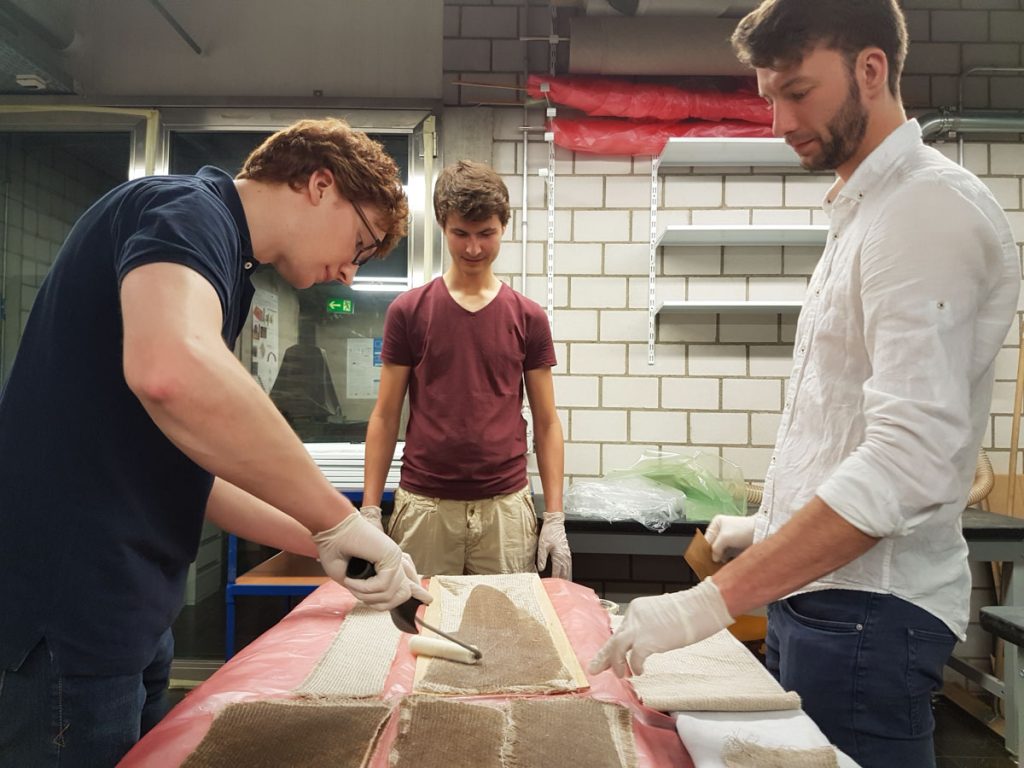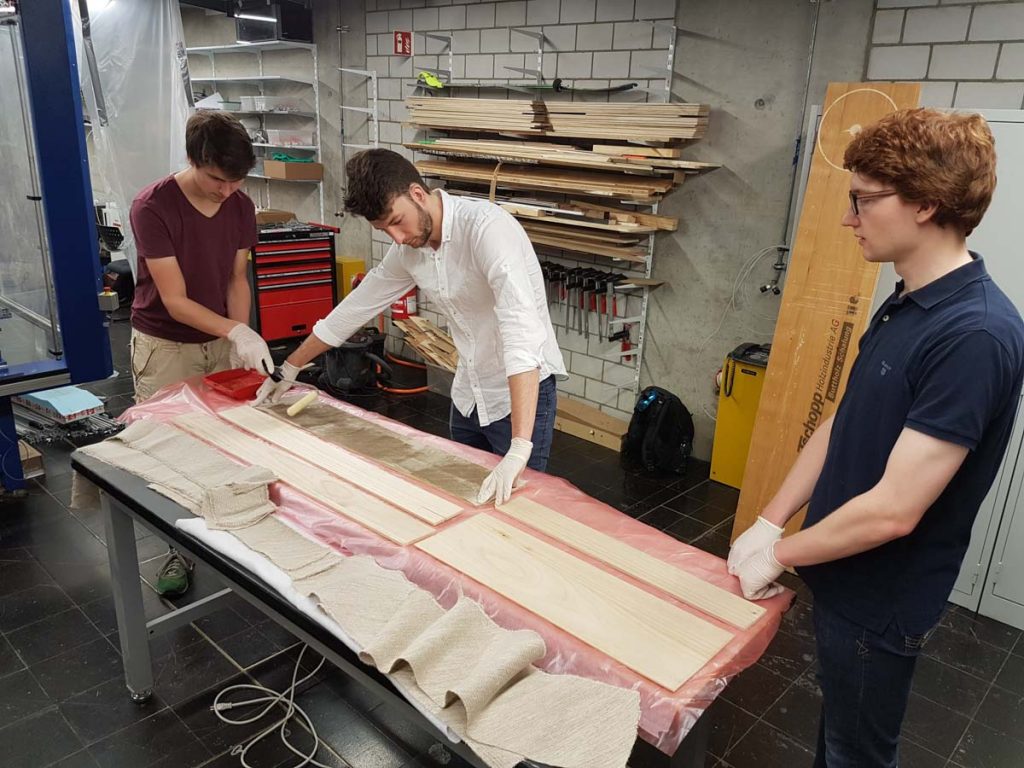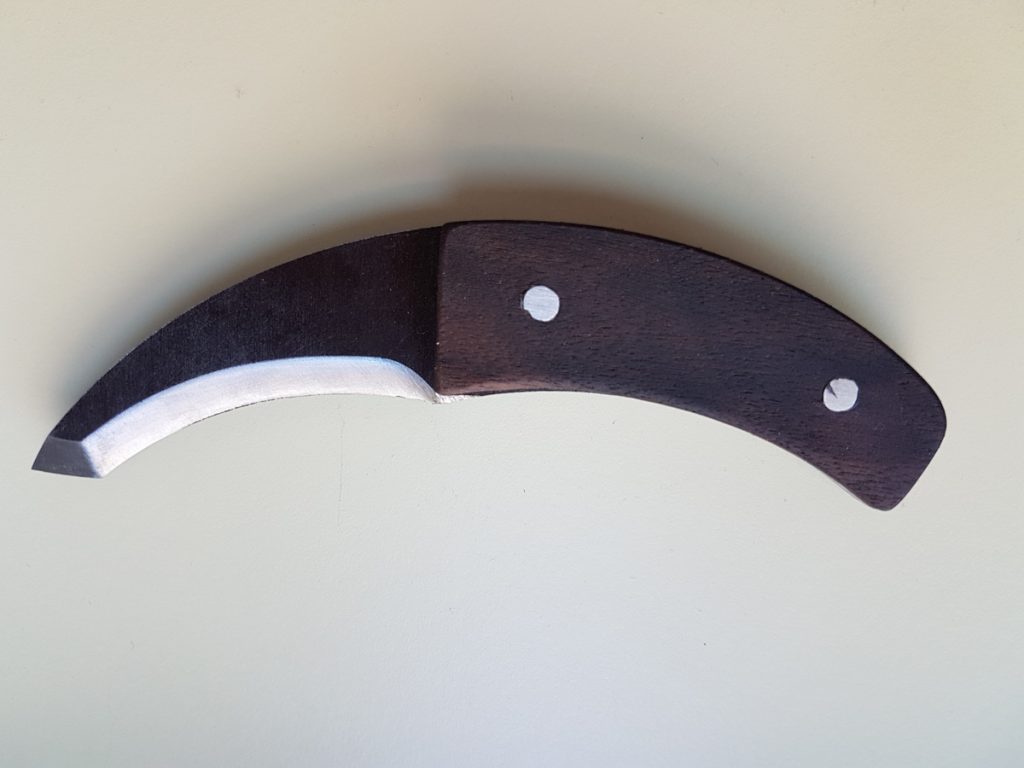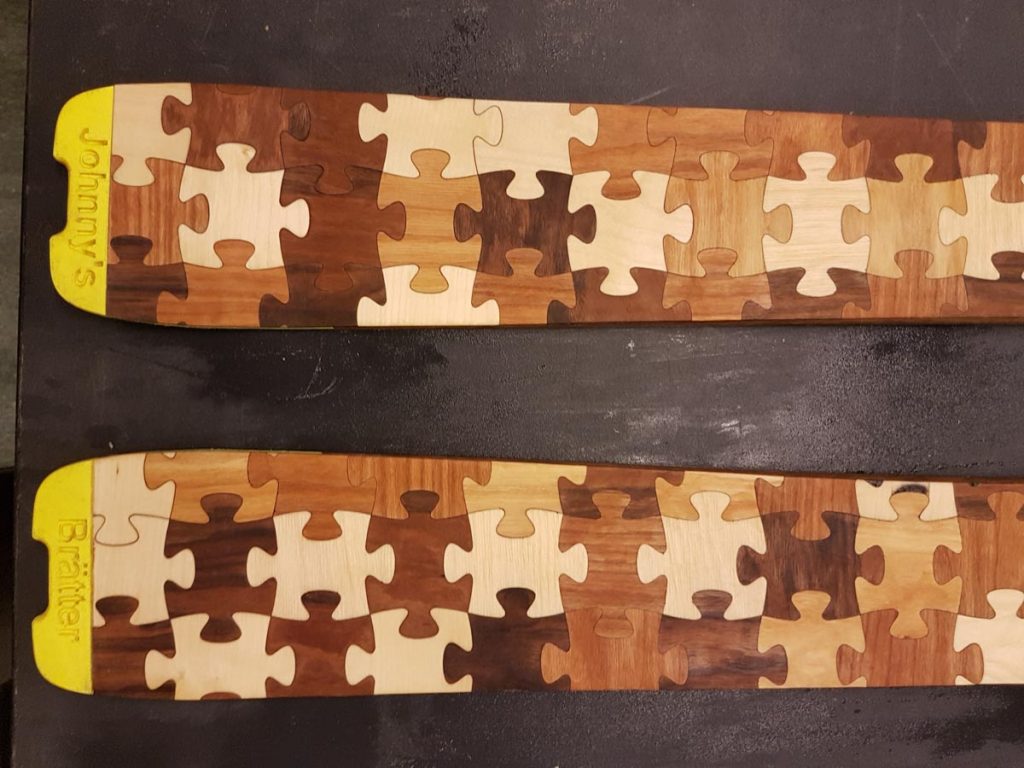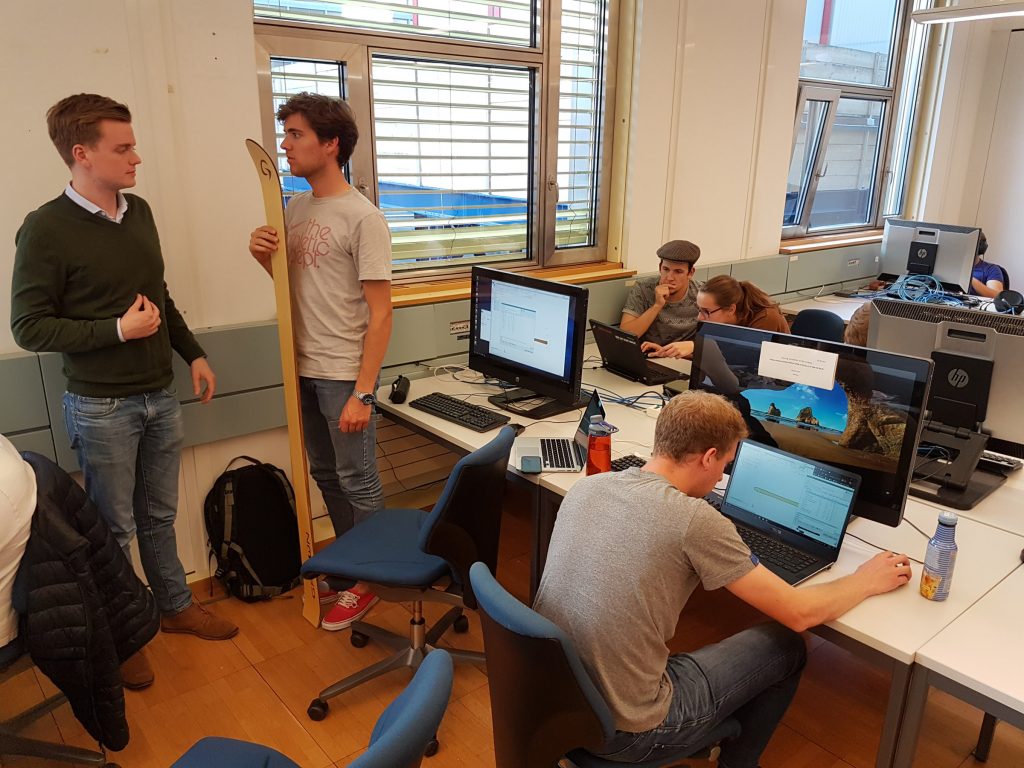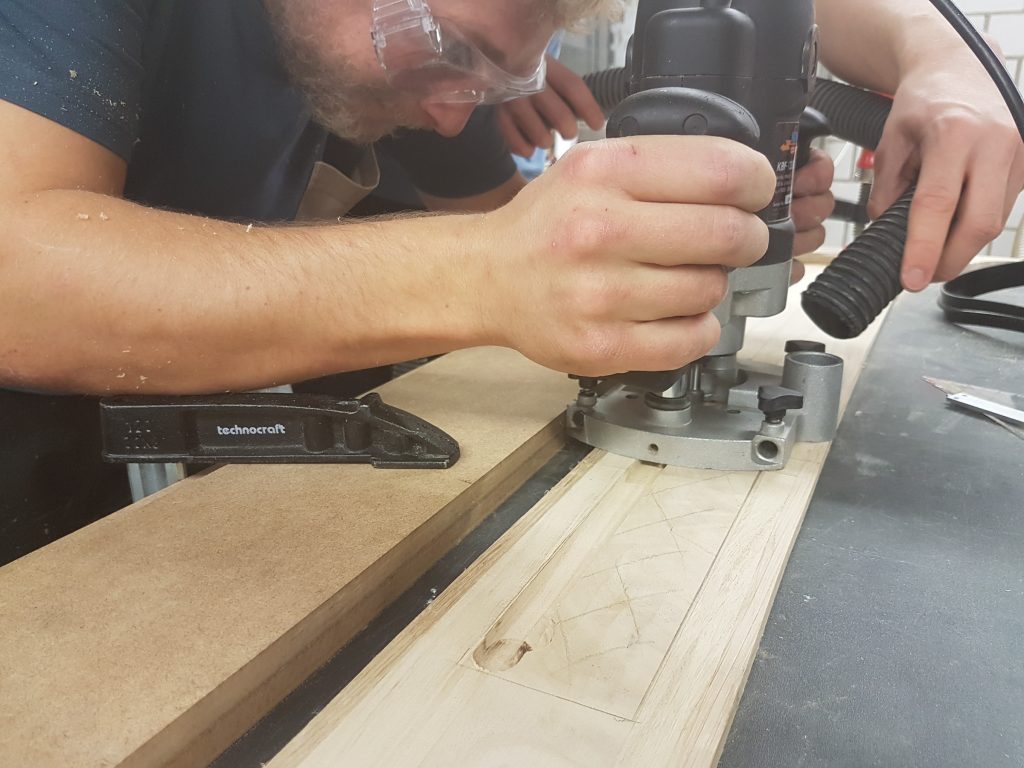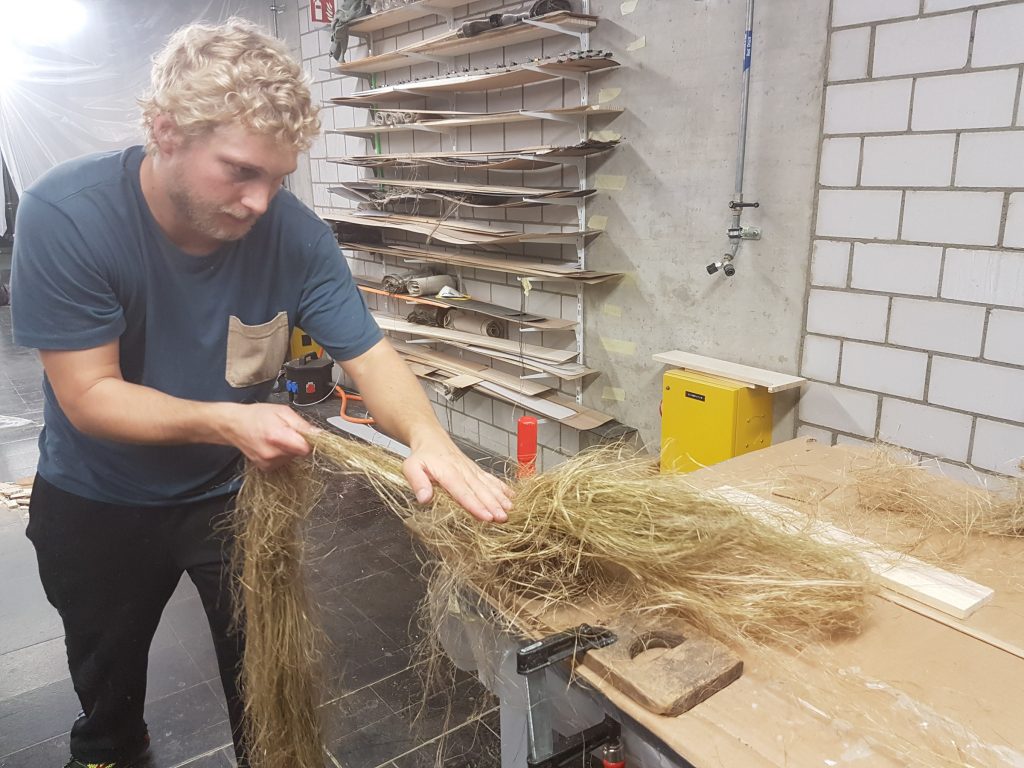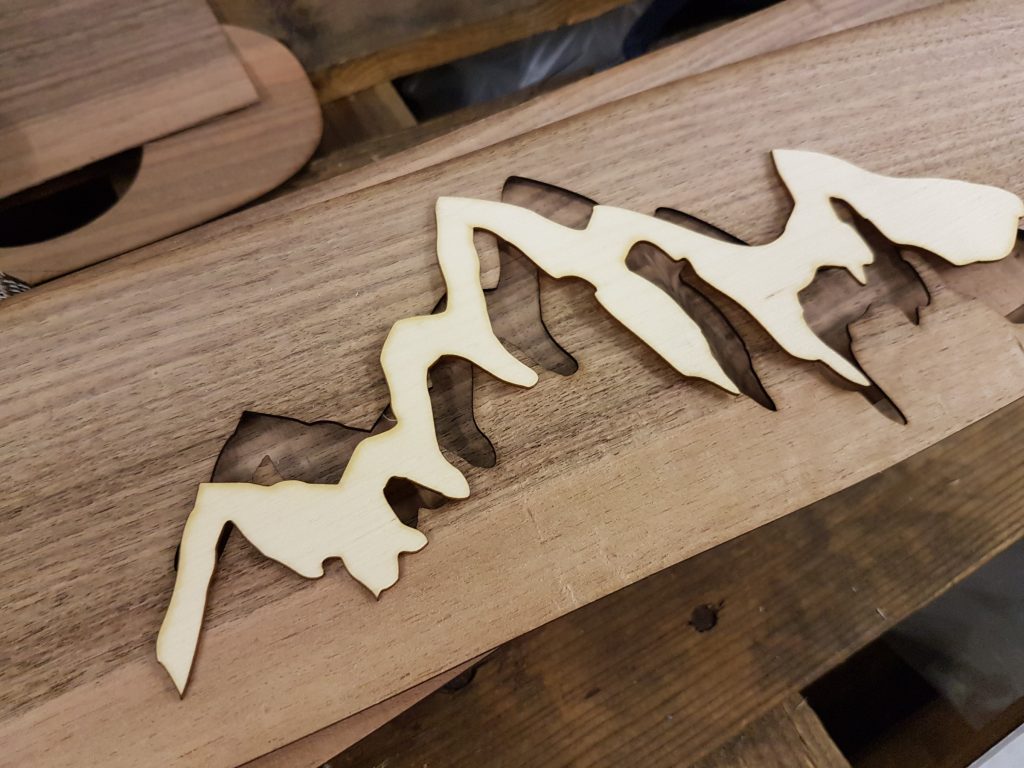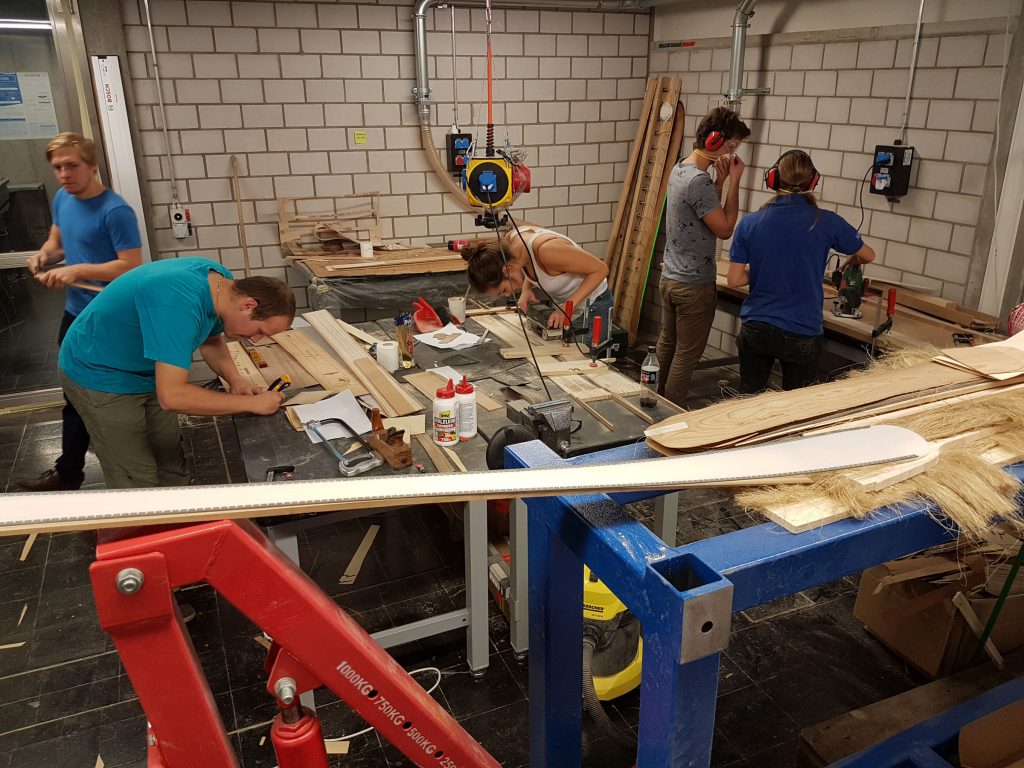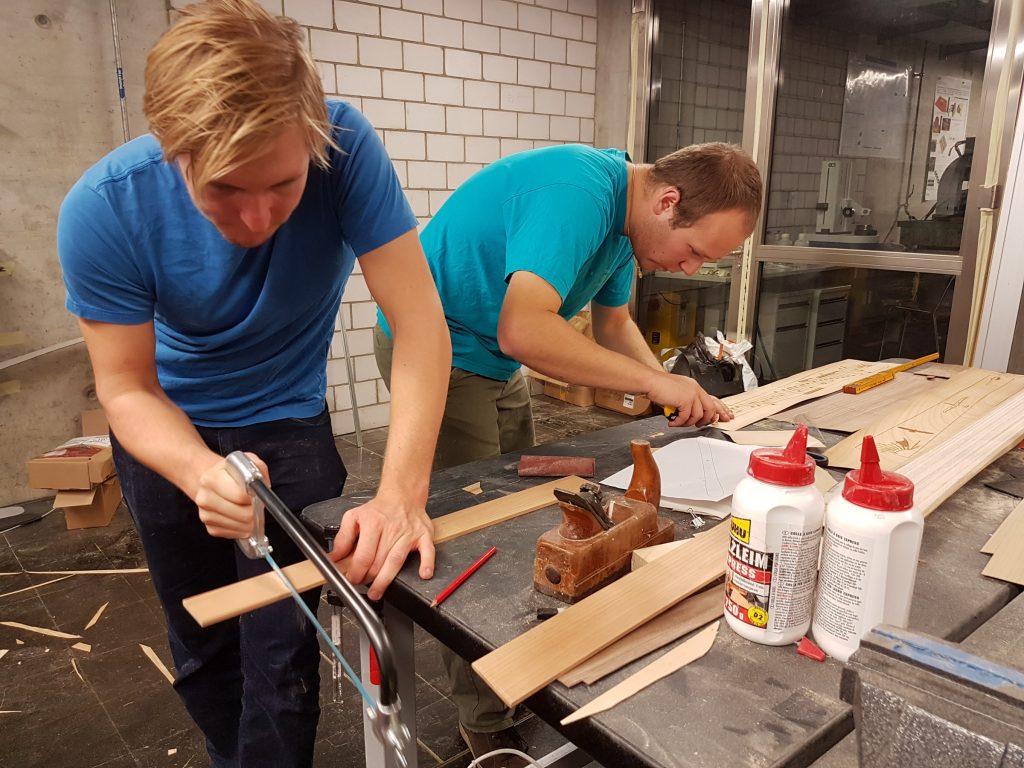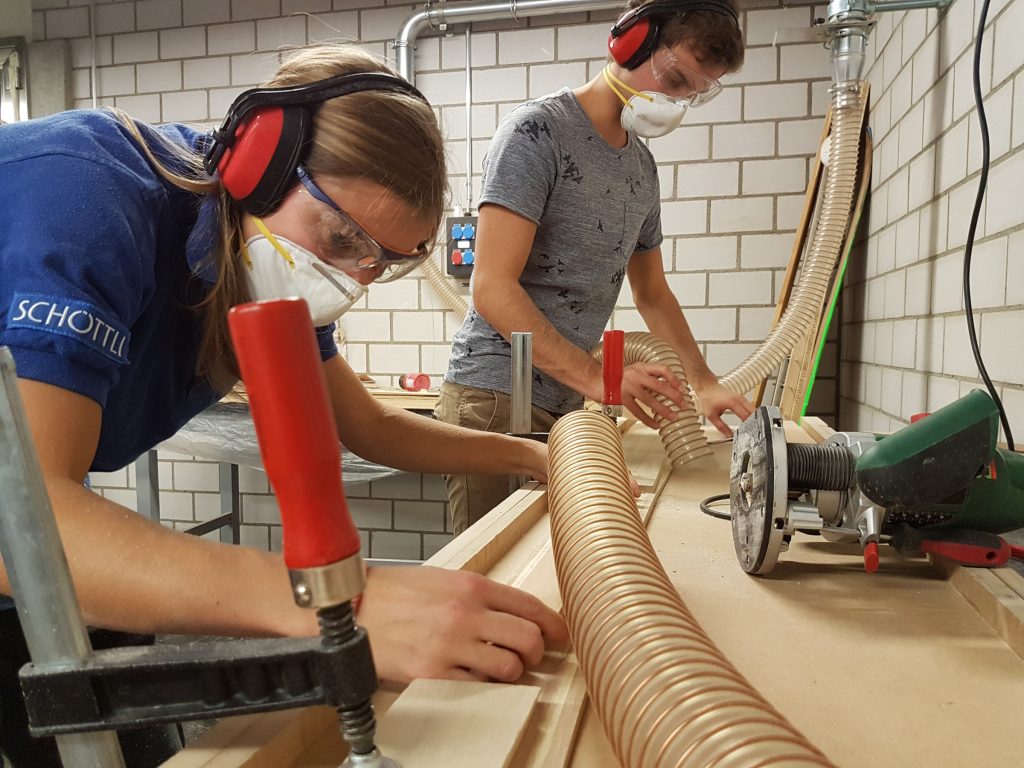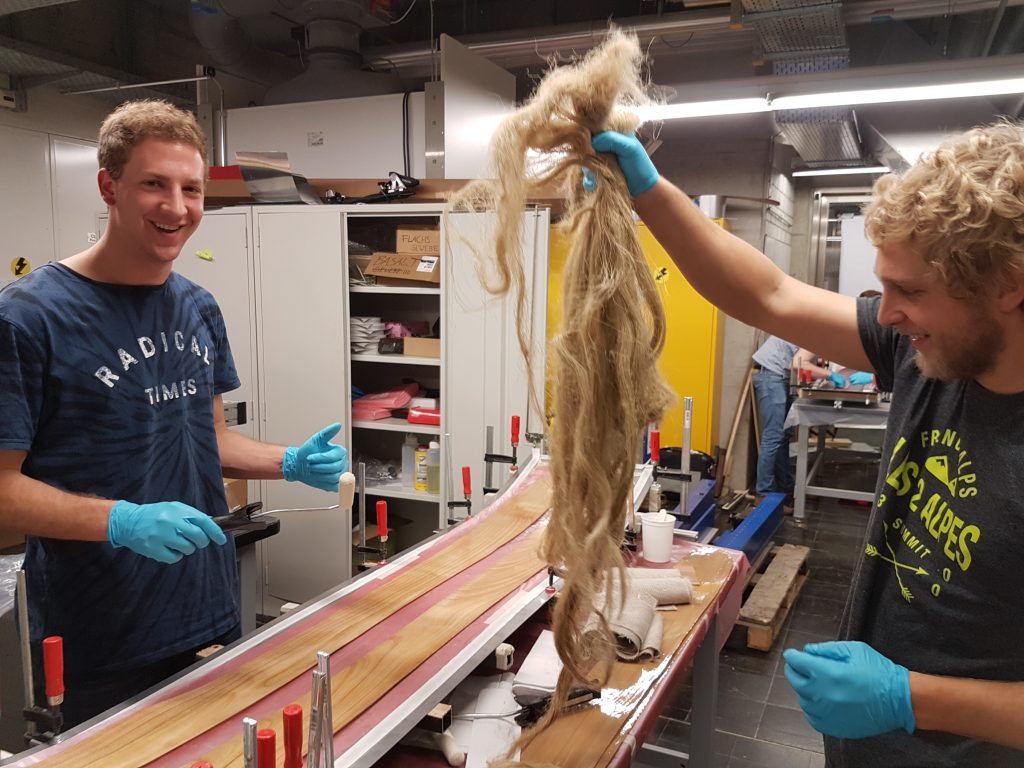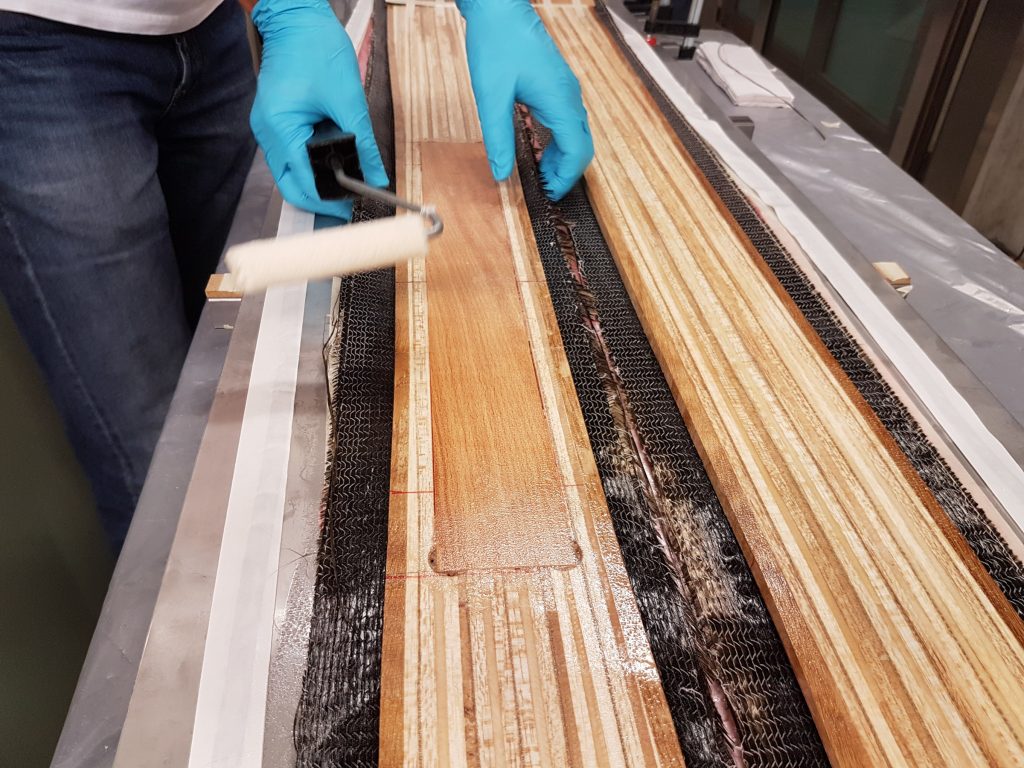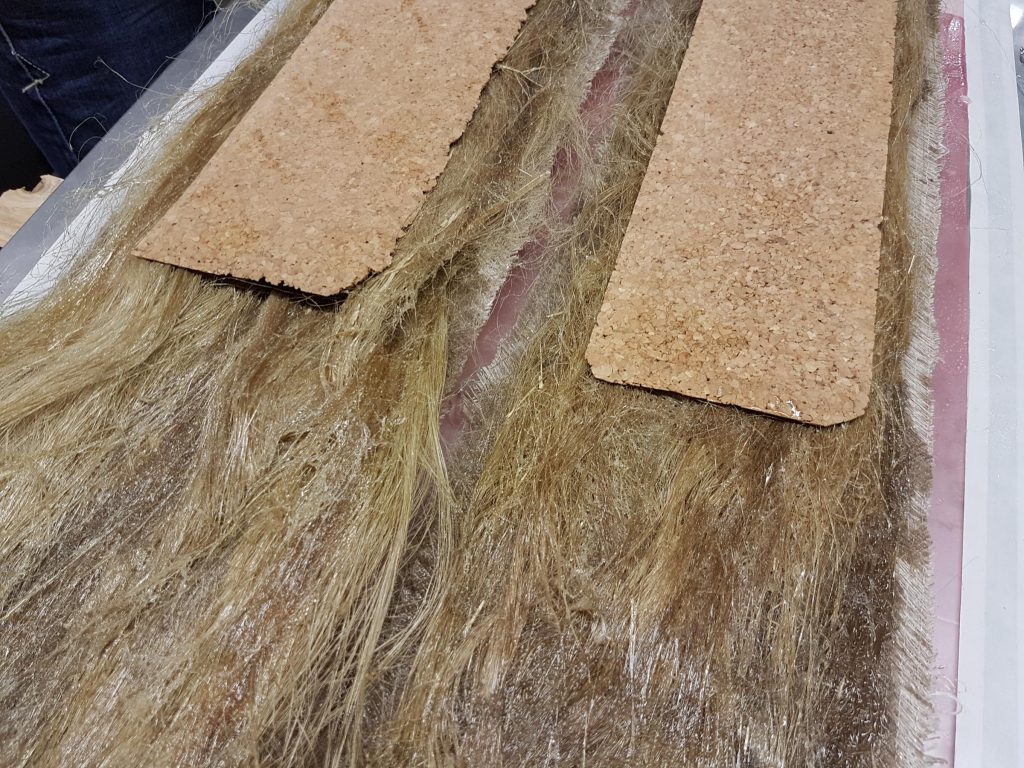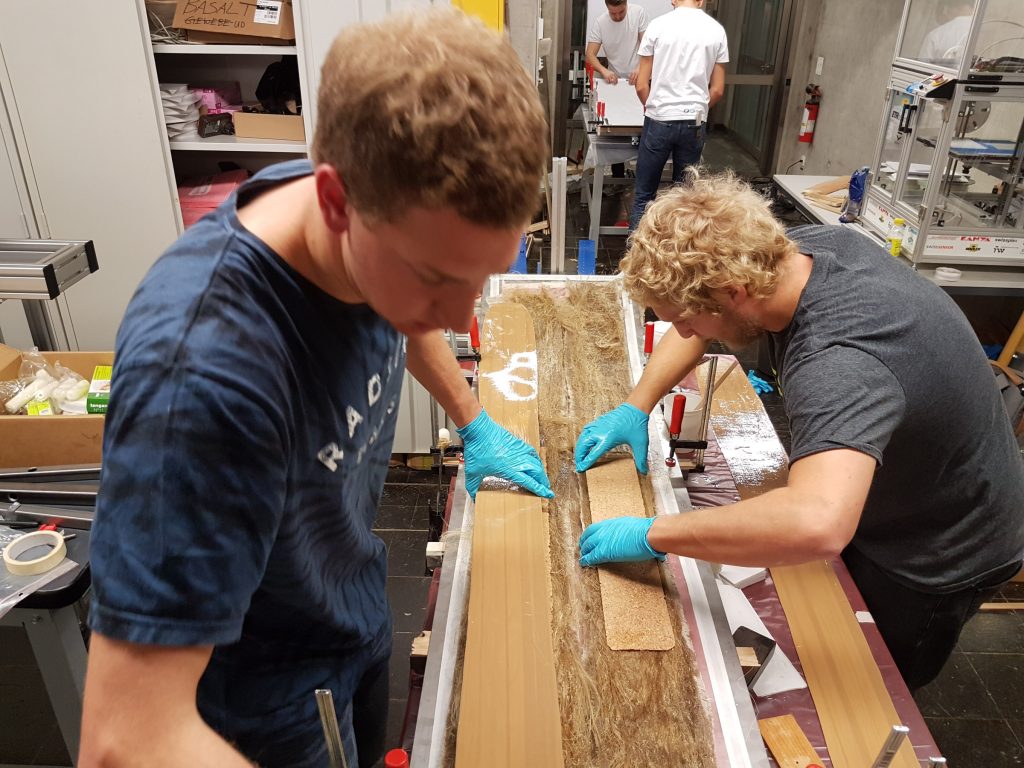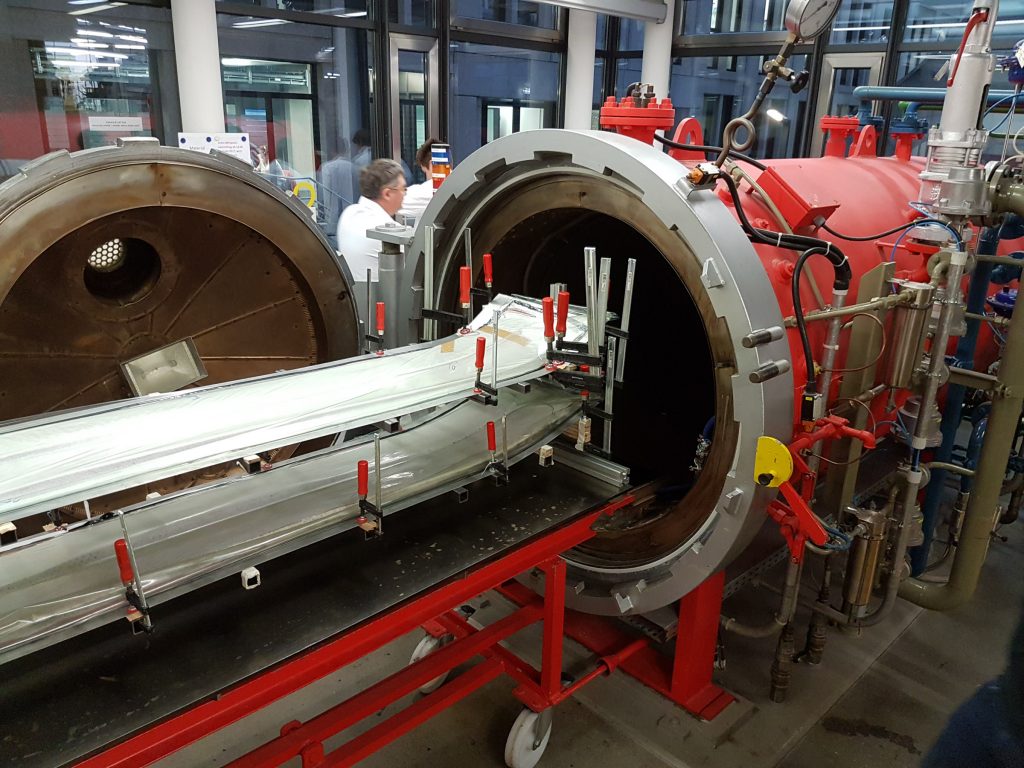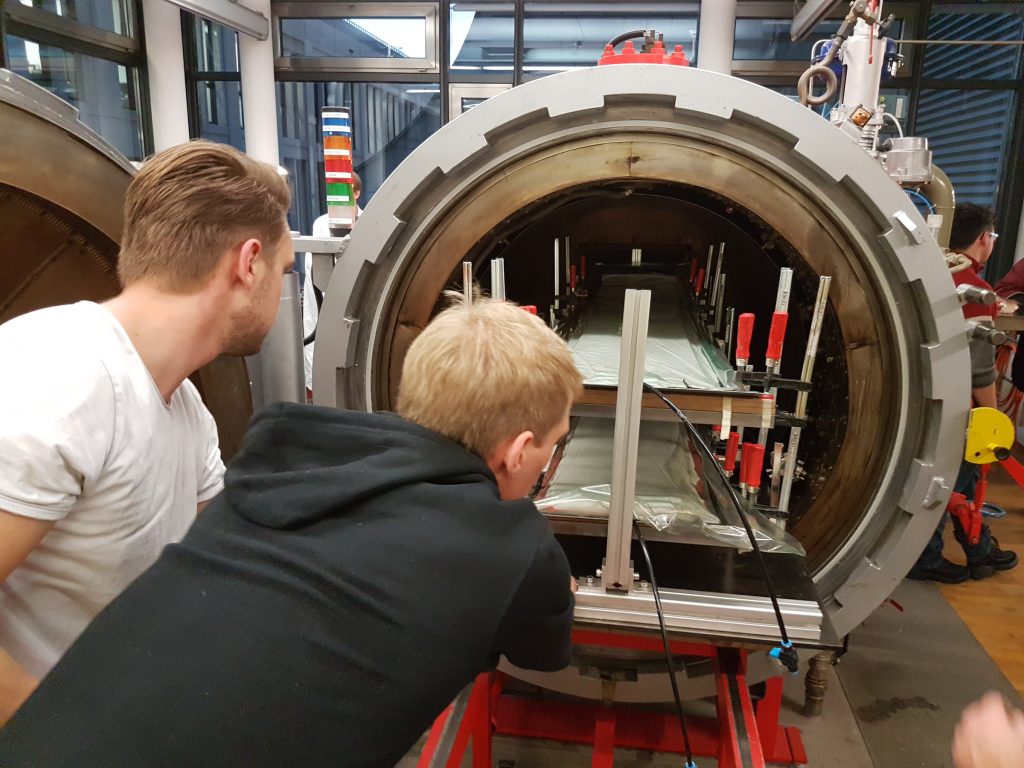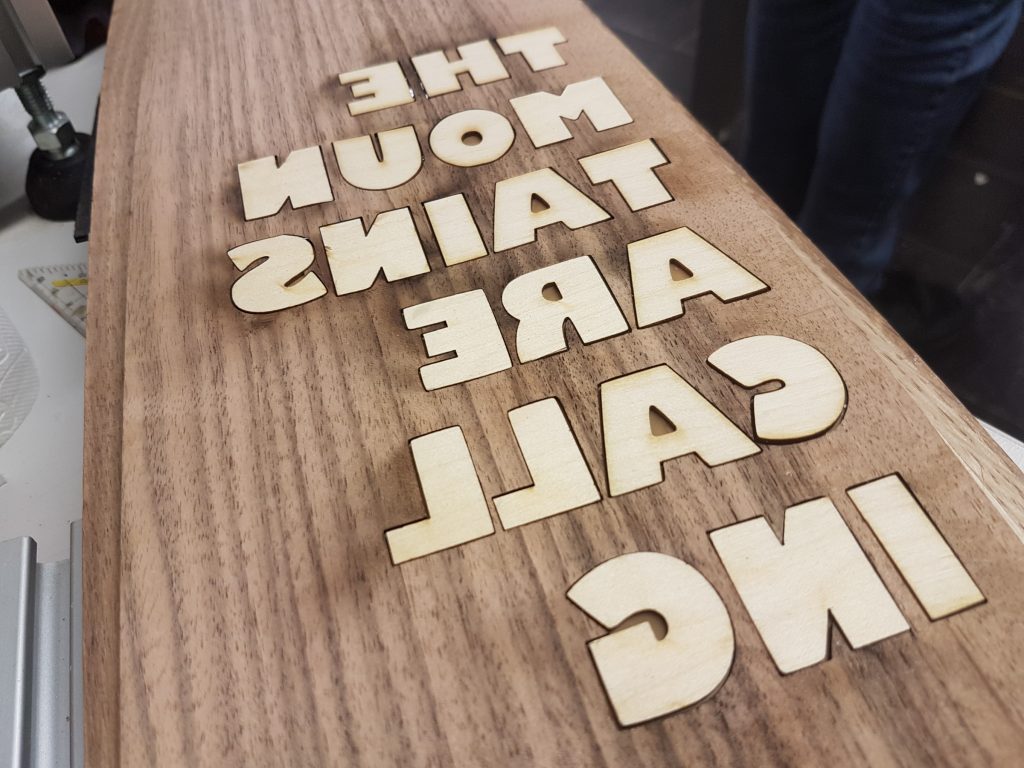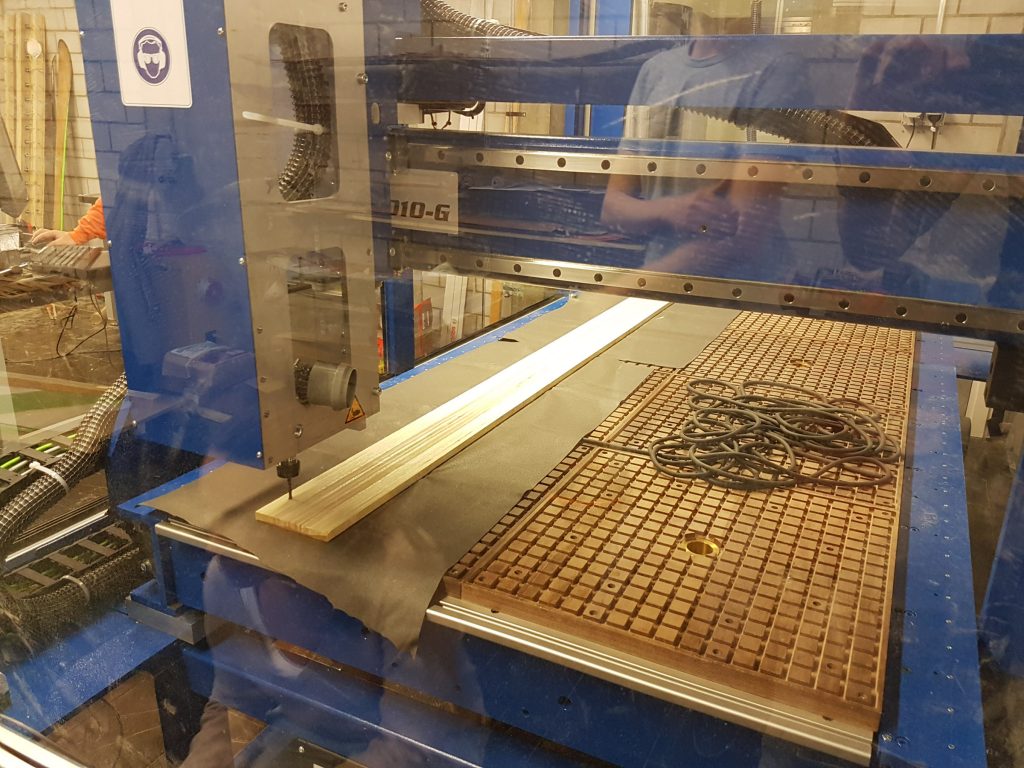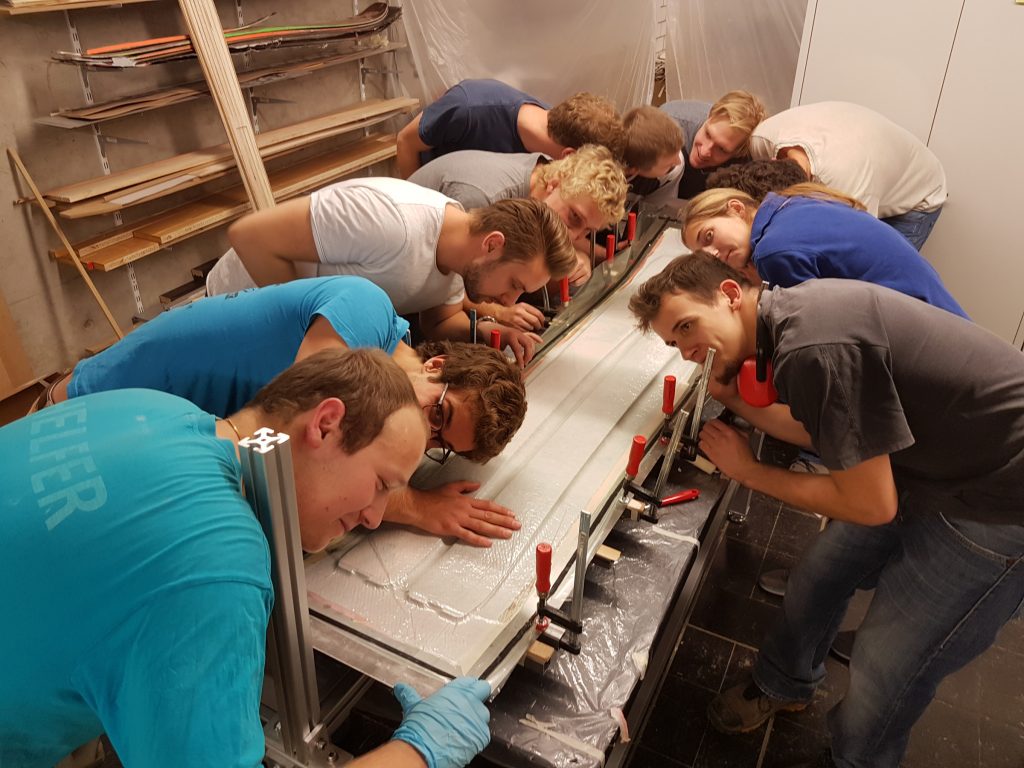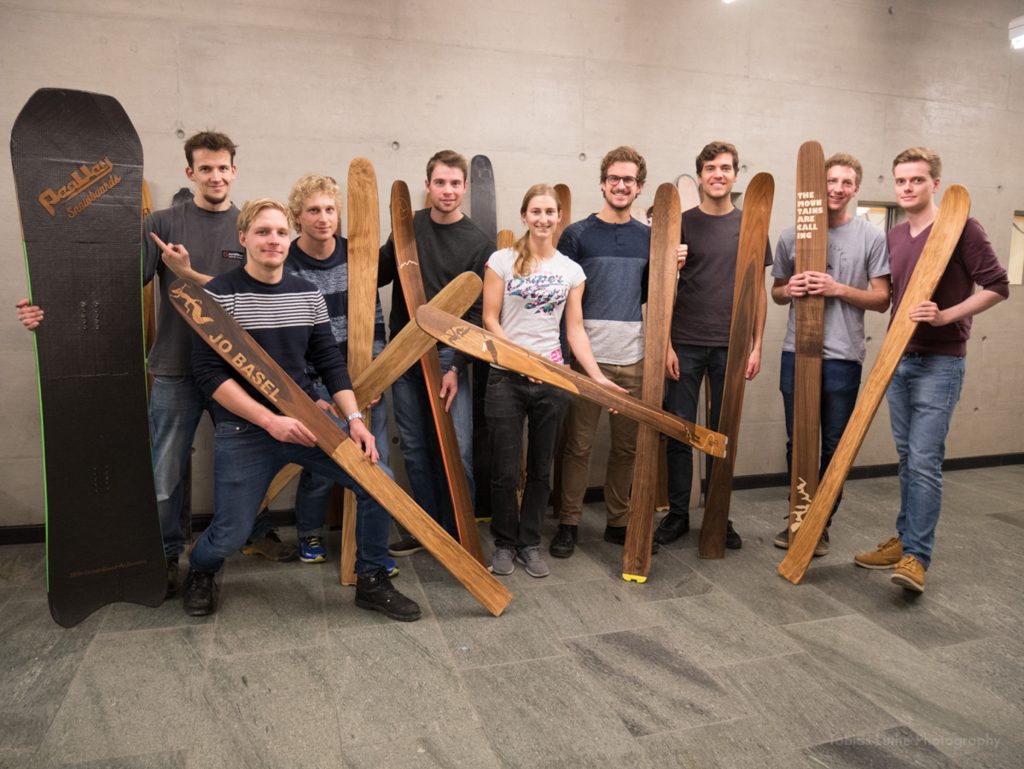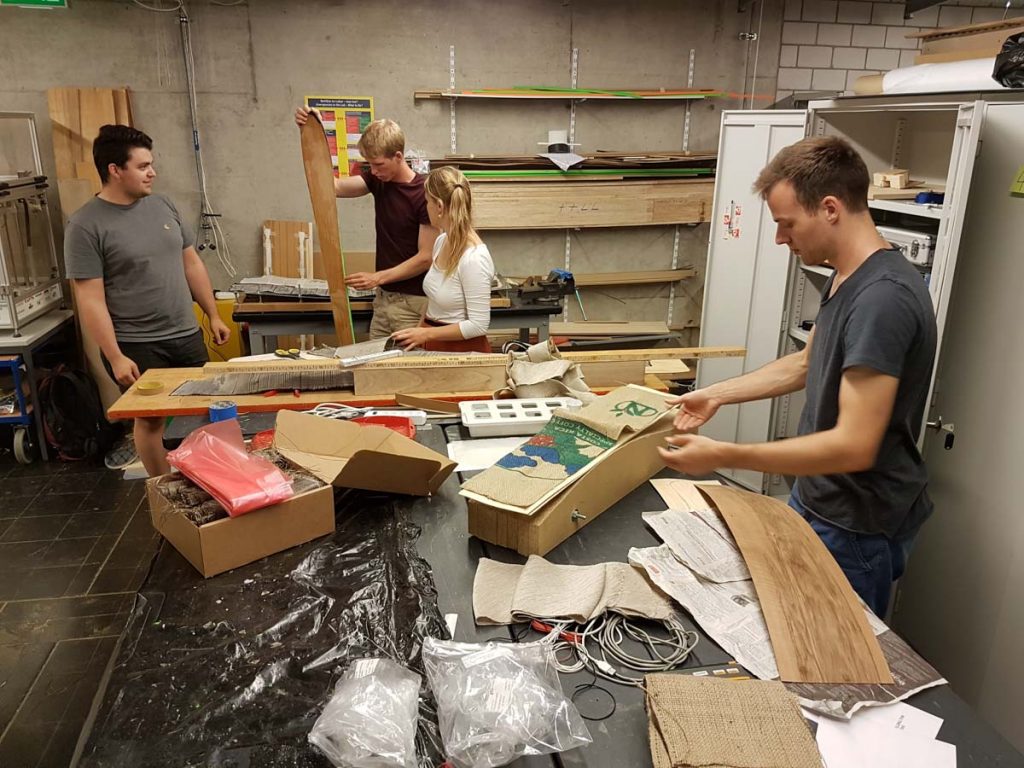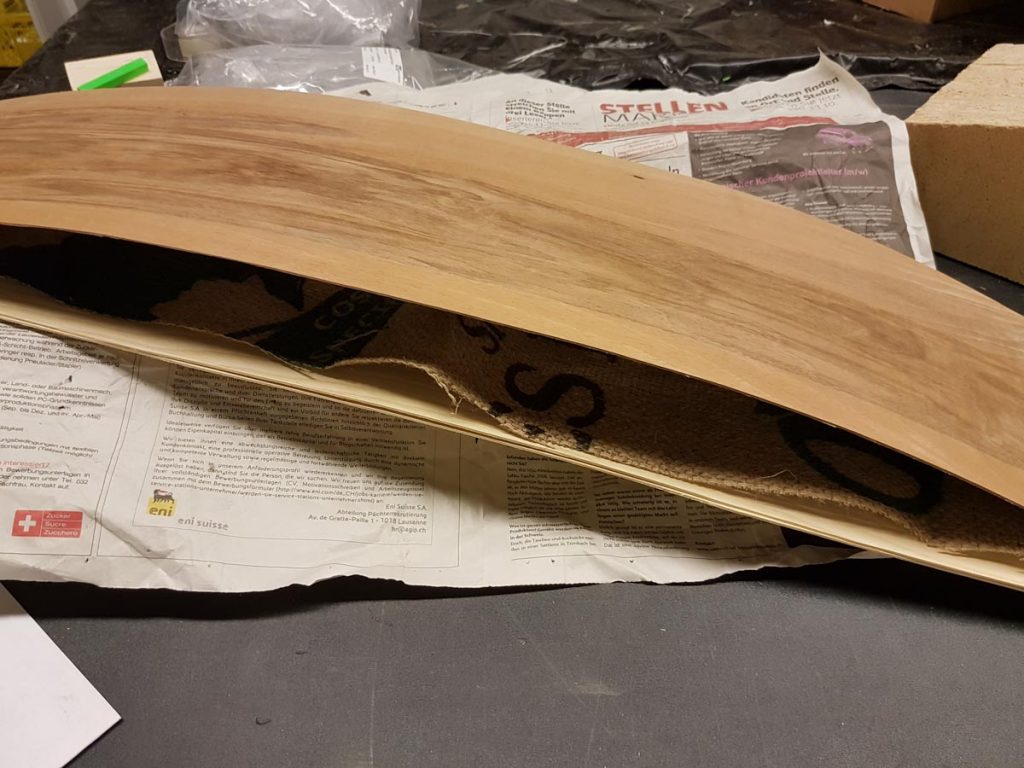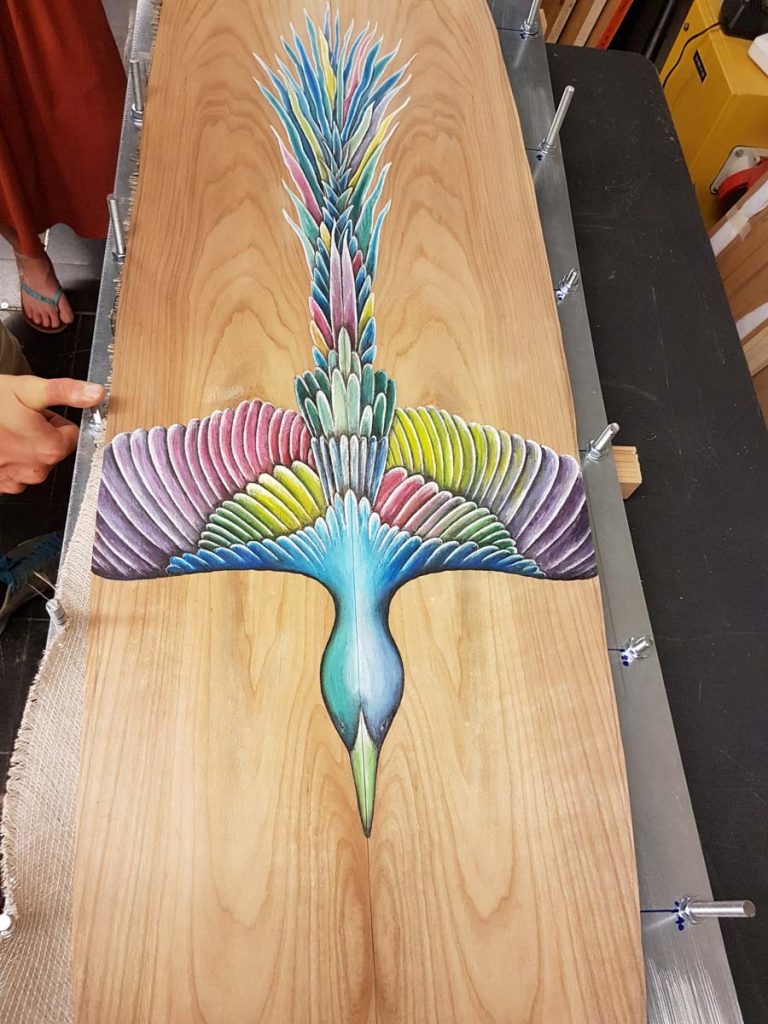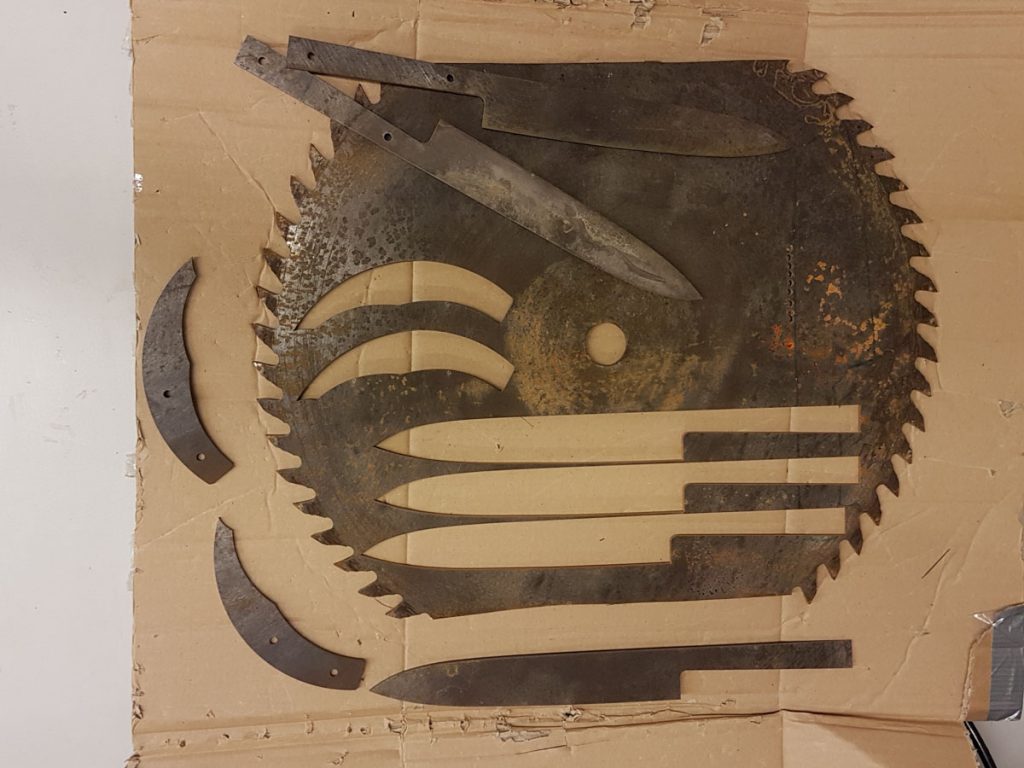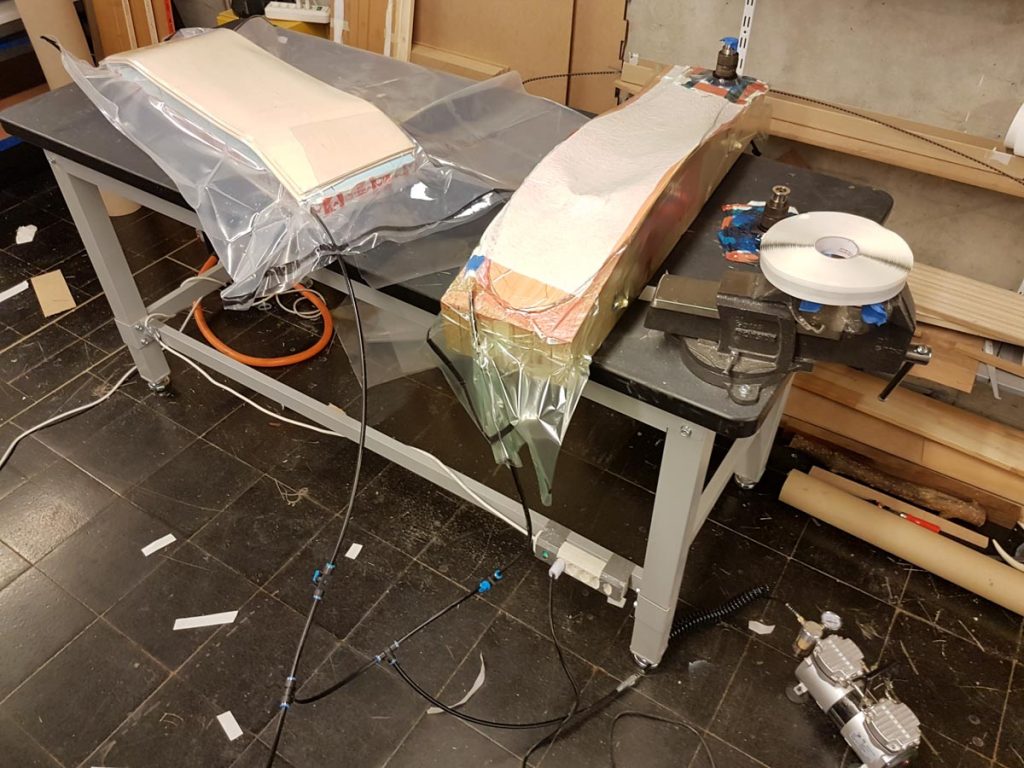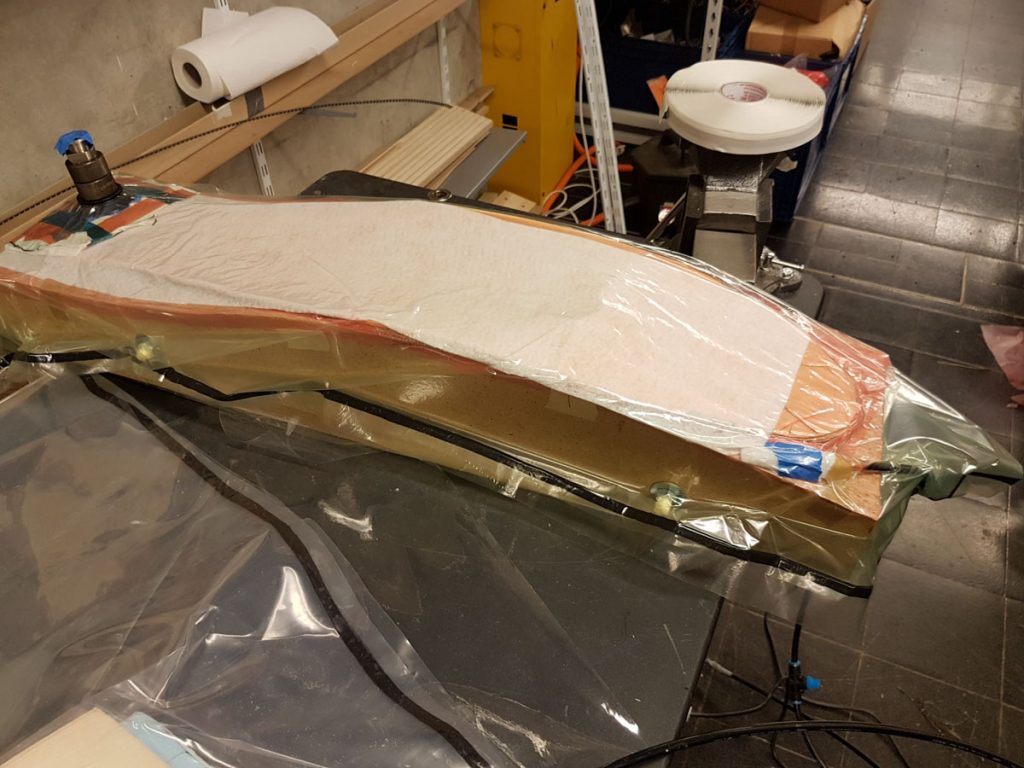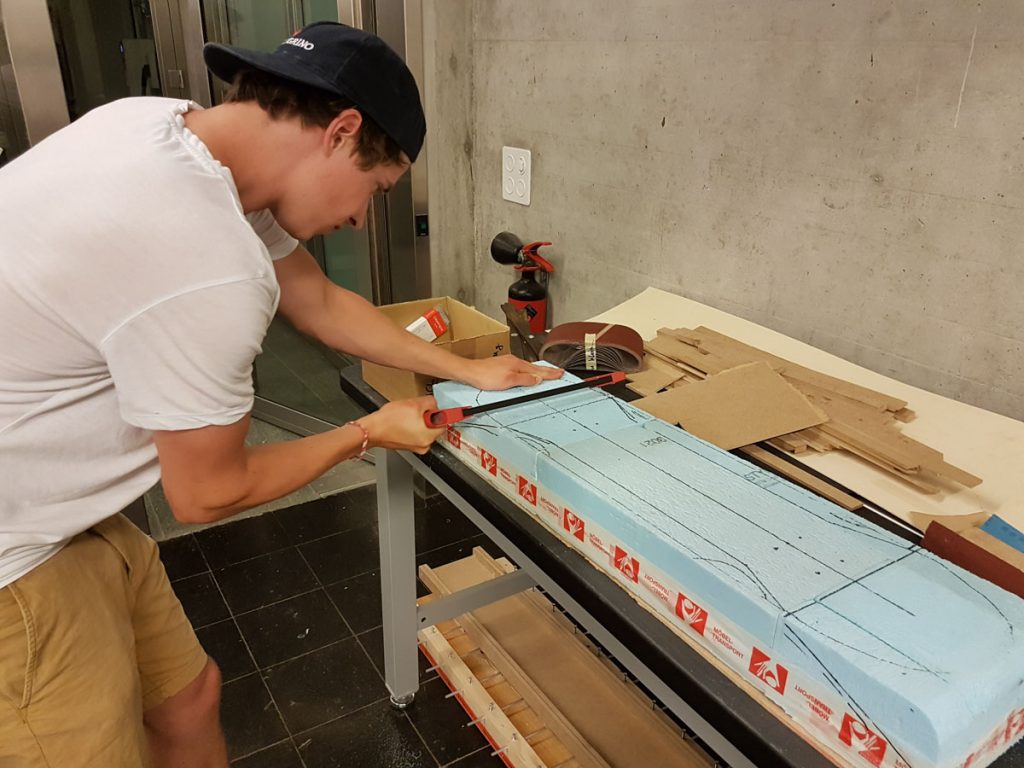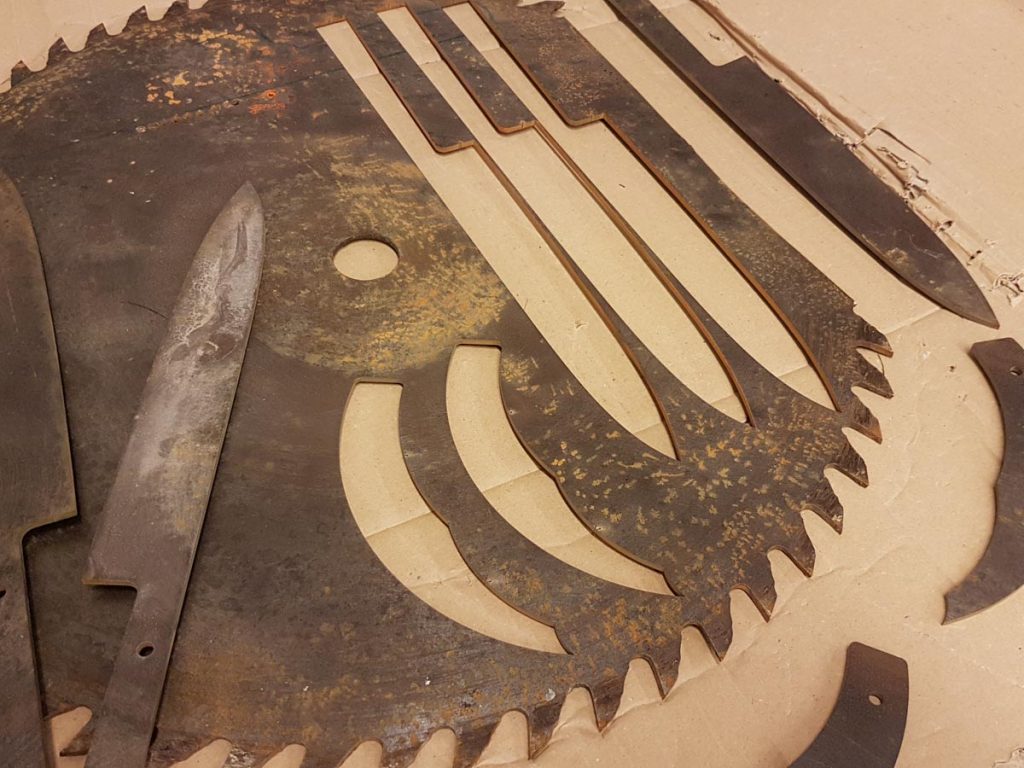Circular product design with regenerative materials
About
Circular design
The Systemic Design Lab (SDL) initiative builds on established teaching in engineering, planning and design while introducing systemic design thinking and doing in an innovative format based on experiential didactics and outdoor creativity.
We use bio-inspired design or biomimicry, fabrication and prototyping with sustainable materials, urban and landscape test planning, and systems- or supply chain mapping of product/process/services to spur creativity, holistic thinking and critical reflection within a sustainability context. Students learn to inhabit the “view from above” – zooming out of the direct problem focus to see the underlaying structure and identify leverage hubs with systemic impact – and zooming in again with the needed focus on details that matter most.
Explicitly, students acquire life cycle analysis, supply chain mapping and circular design skills, to both quantify and minimize the undesirable negative environmental footprint while increasing the regenerative, net-positive contribution of their design solutions. Fabrication and material science are taught by actually designing and prototyping while engaging in transdisciplinary partnerships for societal impact and real-world experience. Students gain a whole-systems understanding of the relation between products, processes, services, economies, land use and lifestyles to up- and downstream flows of matter, energy and people mobility, within a spatial framing.
Content
The courses are organized in four units with a theoretical and a practical part:
Objectives
The growing necessity to consider eco-social aspects makes design, planning and engineering practices more complex. Systemic design combines systems thinking skills with design thinking to address such complexity. The objectives of the course are to introduce students to the most important topics in systemic design methods, models, theory and methodology that form the basis for engineering, design and planning practices, and research for sustainability. A main goal is to develop whole systems thinking, life cycle and cradle to cradle thinking, to build knowledge on environmental impacts of materials and processes, and to stimulate overall reflective eco-social thinking in design, planning and engineering disciplines.
Past courses
Integrative Ski- and Board Building seminars
This series of practical ski/board building workshops consist of planning, designing, engineering and building your own alpine or nordic ski, or a snowboard – and testing it in the field. Students learn and execute all the needed steps in the building process, such as functional design, creating the CAD file, additive manufacturing techniques, fabrication, routing wood cores, 3D printing of plastic protectors, milling side walls from wood or ABS plastic, selecting fibres from carbon, glas, basalt, flax or hemp, laminating with (eco)resins, sanding and finishing, as well as laser engraving and veneer wood inlays. Experienced lecturers will be on site to teach and help with these tasks. Students are asked to eco-optimize their products, actively evaluate their learning and decision making process, and participate in a final ski test day on the snow.
ETHZ ski building workshop movie documentation
Systemic Design for Sustainability ’18
Hosted by Engineering Design and Computing Laboratory EDAC of D-MAVT
In this SDL course from the spring term 2018, students prototyped an educational fabrication kit – for building snow shoes – as a tool for schools and the public to teach sustainability. The educational snow shoe toolkit is optimized for circularity and environmental impacts, while displaying timely engineering skills like 3D printing and laminating with upcycled and renewable materials, such as bio-plastics and flax-Paulownia composites. The technical design details are inspired by nature’s creativity and adhere to general systemic design principles. The “Student Project House” at ETH Höngg provided the needed facilities for creative design thinking, fabrication, and nature access.
The prototyped toolkit is ready to enter the transdisciplinary testing phase with schools before possibly spinning-off for its upscaled market implementation.
Systemic Design for Sustainability ’17
Hosted by Engineering Design and Computing Laboratory EDAC of D-MAVT
This course introduces students to systemic design for sustainability to enable designers and engineers to take more effective action toward improving the complex sustainability challenges of today. Fundamental topics in systemic design cover the main theory, methods, and frameworks. A main theory part focuses on sustainability sciences and how to merge engineering design with sustainability. Students designed and engineered their own outdoor sports product, a Surf-/Kite-/Skateboard, or knives from upcycled steel. Company visits to e.g. Freitag (upcycled bags and eco-sourced clothing manufacturer from Zurich) widened the scope to practice.




